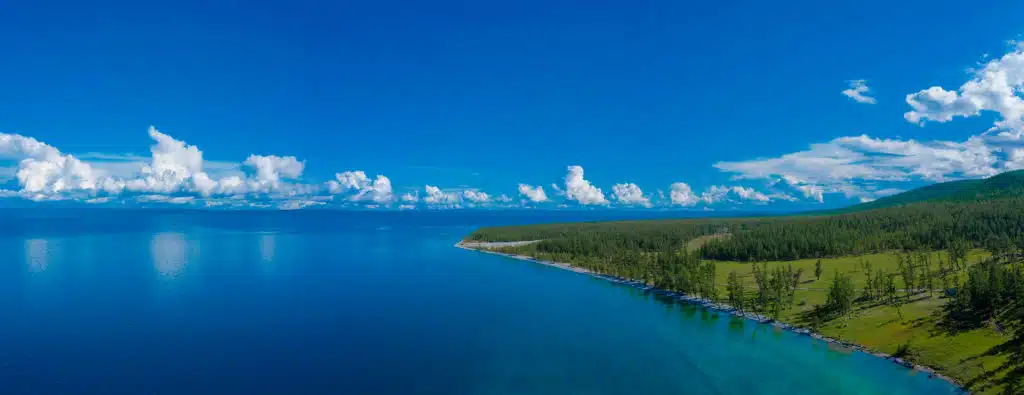Traveling to Mongolia is a unique experience and should be on everyone’s bucket list. The wide scale of beautiful scenery, culture, and people make this one of the best countries in the world to travel to. Outside of a visit to the capital city, there are many outstanding highlights in Mongolia. This post will explore several places that shouldn’t be missed when traveling to Mongolia.
This wild land is defined by its rugged terrain and fascinating culture rooted in ancient traditions. Mongolia is an expansive landlocked country bordered by Russia to the North and China to the South, East and West. Every region of Mongolia has something unique to offer—from a subtropical south to the cold steppes of the Mongolian Plateau, northern forests to barren Gobi Desert. You will want to experience them all at least once in your lifetime.
You will also discover fascinating history in the homeland of Chinggis Khan, and famously warm people. It is customary to invite passersby into your ger to share tea or a meal.
Over 70 million domesticated animals roam freely all over Mongolia and 30 percent of population are still nomads, traditionally living their centuries old way of life. These nomads are living in harsh conditions facing minus 35 degrees Celsius during winter and plus 30 degrees Celsius in summer.
Going by region of the country, here are some of the many highlights that travelers to Mongolia can look forward to experiencing.
Northern Mongolia
Considered the southernmost edge of the Siberian taiga forest, Northern Mongolia is covered by forest. In the heart of the fragrant conifer forest lies Mongolia’s Dark Blue Pearl, Lake Hovsgol. Like nearby Lake Baikal, it is a great rift lake, 85 miles long, over 800 feet deep and holding more than 1% of the world’s fresh water.
Northern Mongolia is also home to the nomadic Tsaatan, members of a small Tuvan ethnic group who have herded domesticated reindeer for centuries. Their culture has changed little since the Ice Age, and like many of Mongolia’s nomads, shamanism plays an important role in their lives.
Darkhad people is the second largest ethnic group in Hovsgol province. Darkhad means Untouchables and Protected ones, a name given by the oldest son of Chinggis Khan after his failed attempt to subjugate the tribe.
Northern Mongolia is known for its bronze age heritage, including Deer Stones, burial mounds and square burial. Each represents different cultures that dwelled in the region at the same time. Northern Mongolia also offers great birding experiences. Over 250 species of birds are identified, including bar-headed geese, arctic loon, cranes, hoopoes, swan geese, gleylag geese, avocet, and ruddy shelduck.
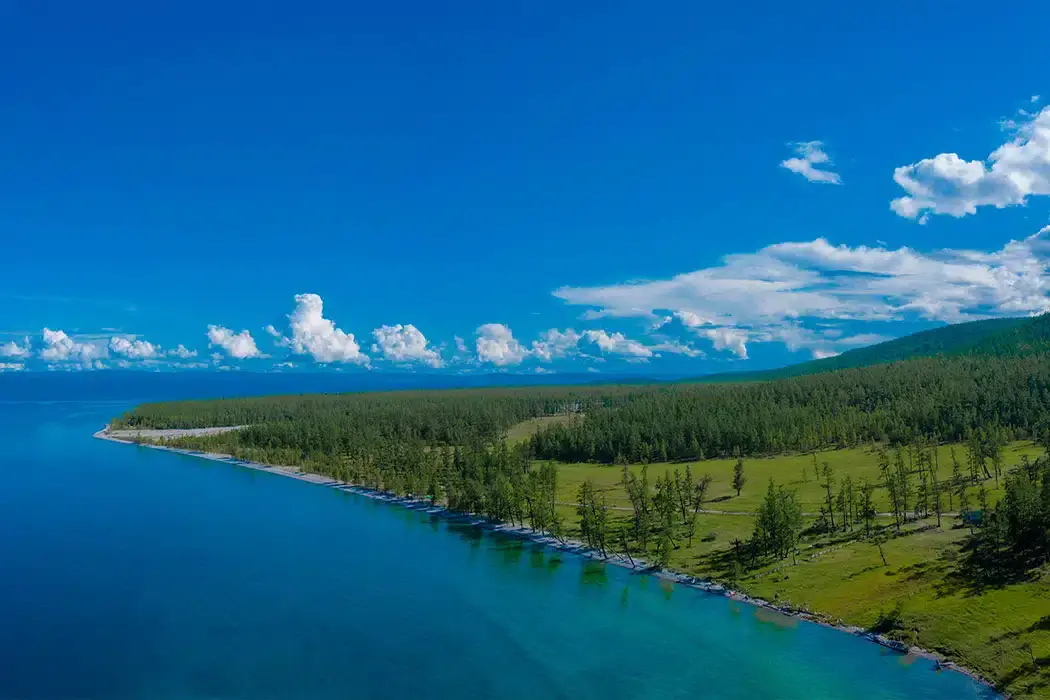
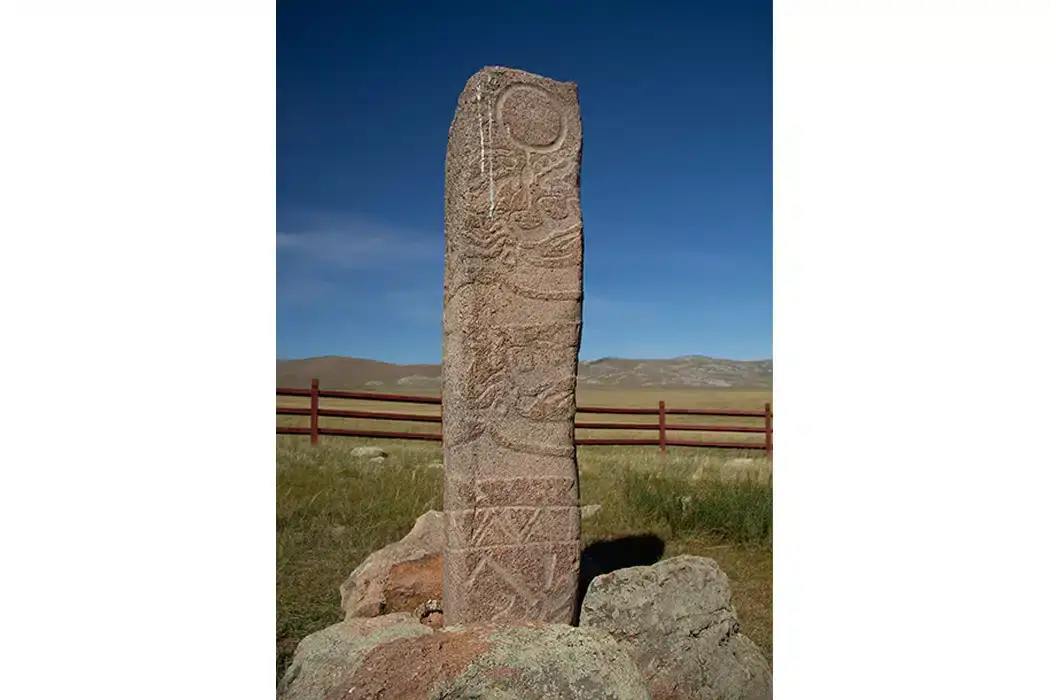
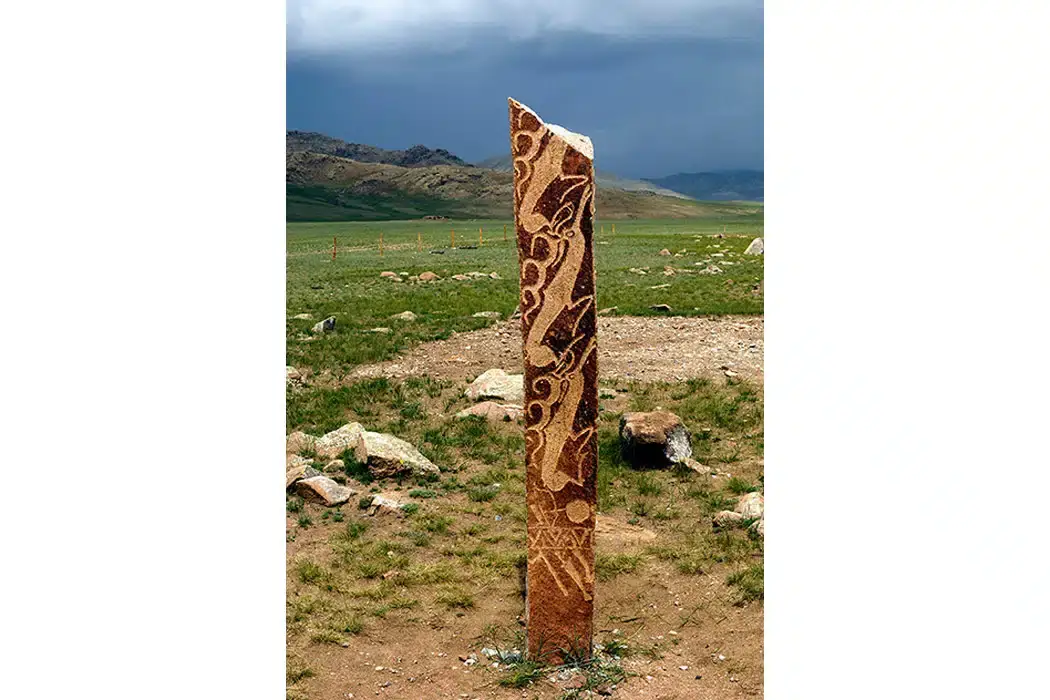
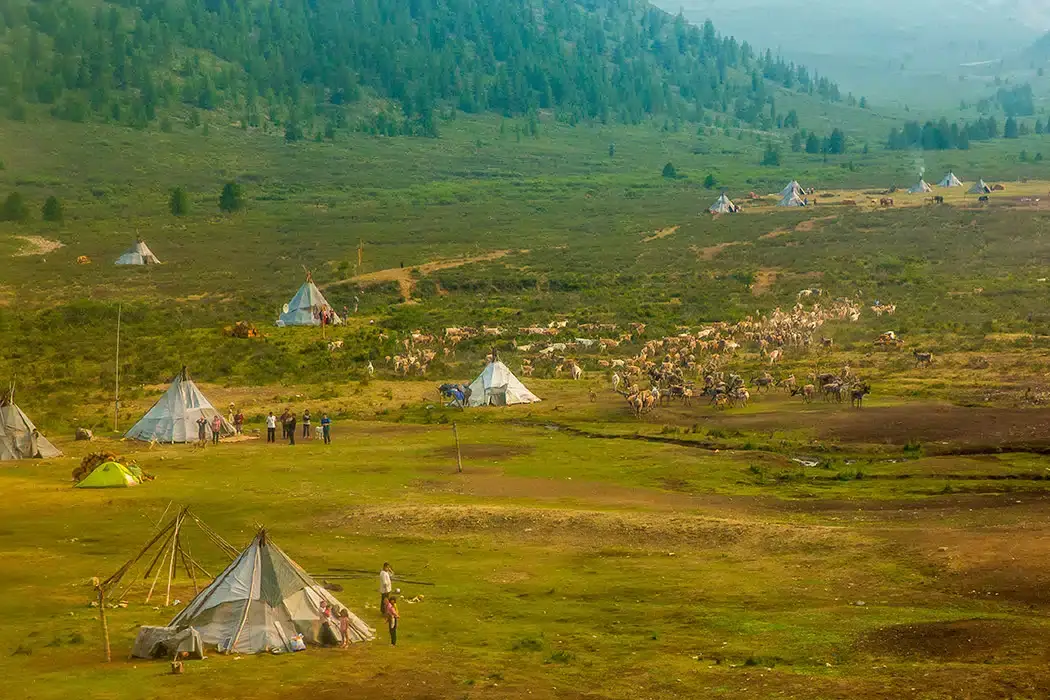
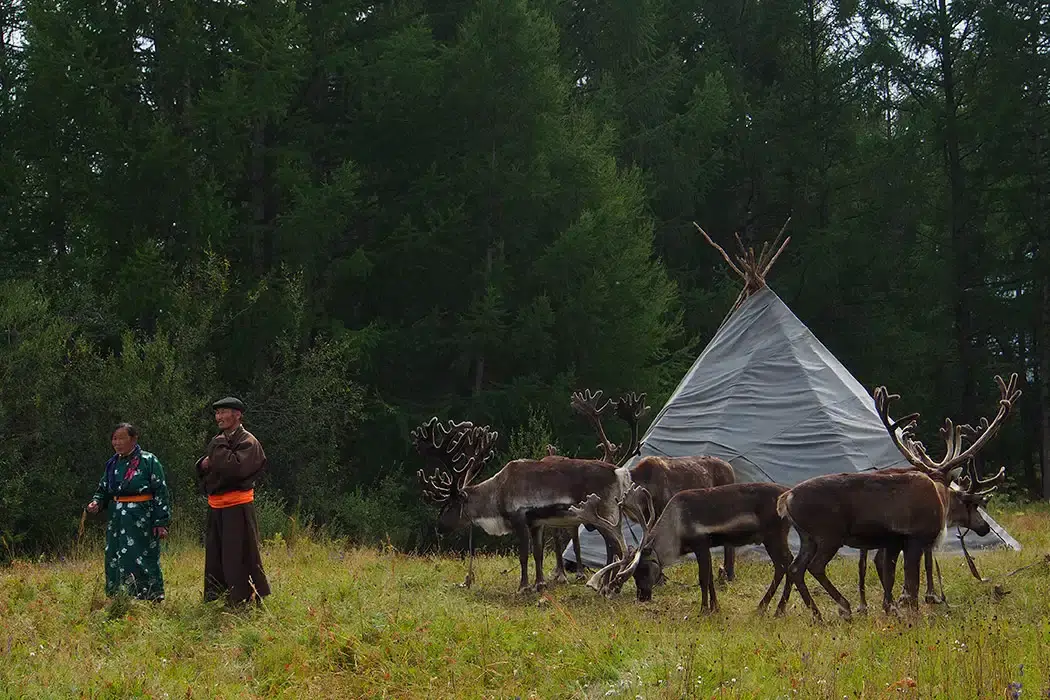
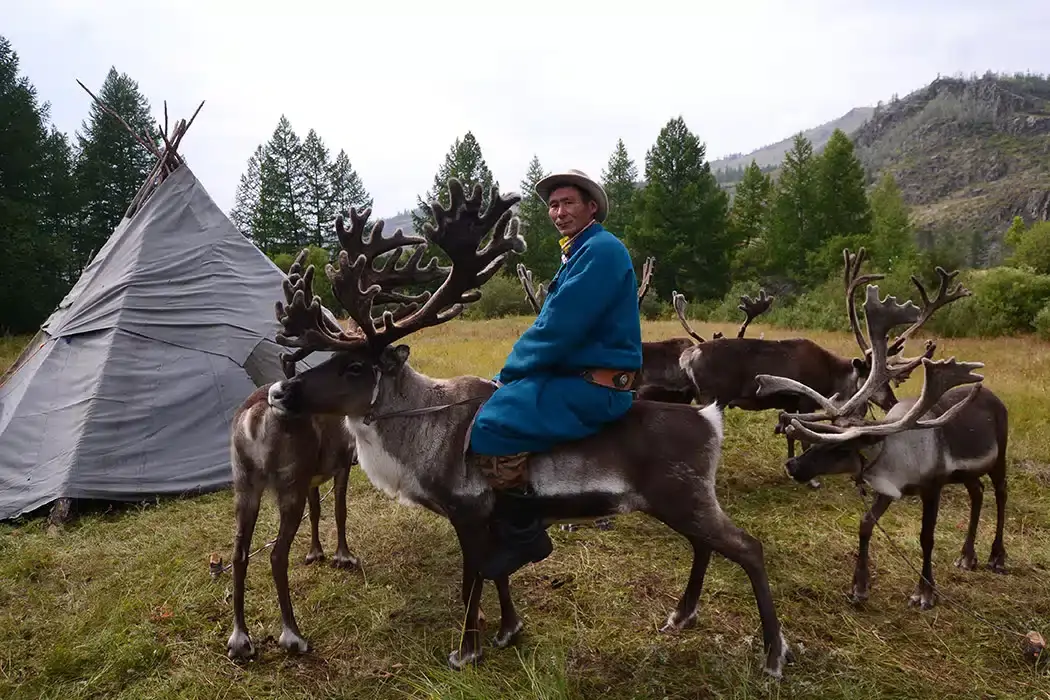
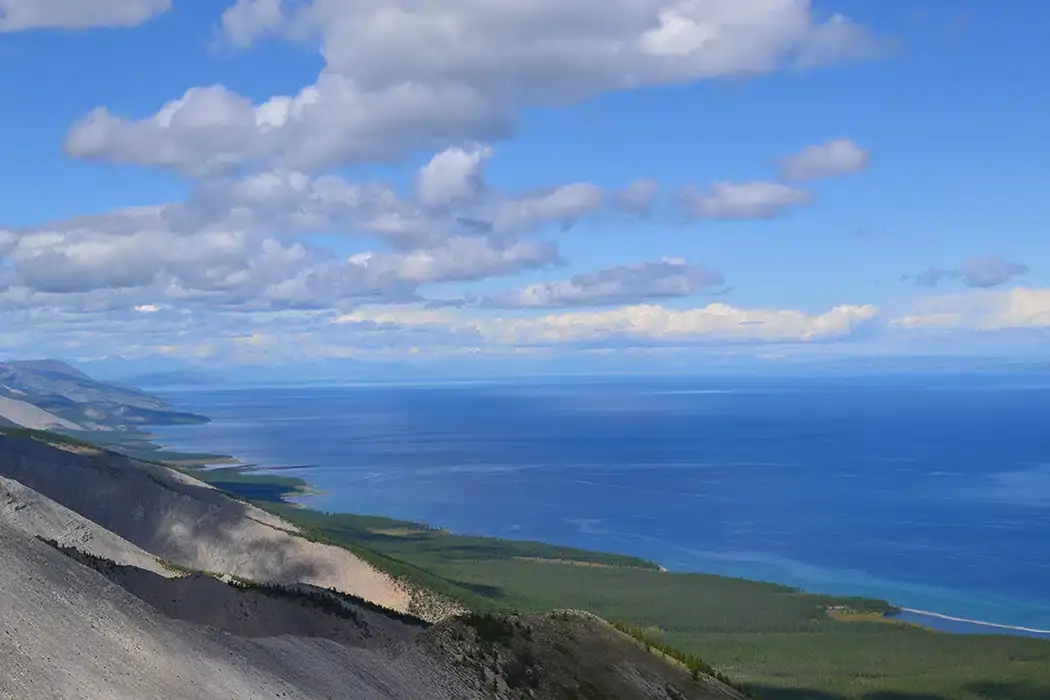
Central Mongolia
As the heart of the country, central Mongolia is known for its current capital Ulaanbaatar, and Karakorum, the ancient capital. Due to its strategic location, central Mongolia has been the hub of trade, culture, and religion. For hundreds of years, ancient states built their capital cities along the Orkhon River Valley and forged their empires based on the fertile lands of Central Mongolia.
Central Mongolia is the land where Buddhism was introduced and flourished. Erdenezuu, the largest monastery in Mongolia, was built in 1586 by the order of Abtai Sain Khan, descendant of Chinggis Khan. Ruins of ancient cities, stone figures, and ancient burial sites stand along Orkhon River Valley, witnessing ancient powerful states once dominated Central Asia and beyond.
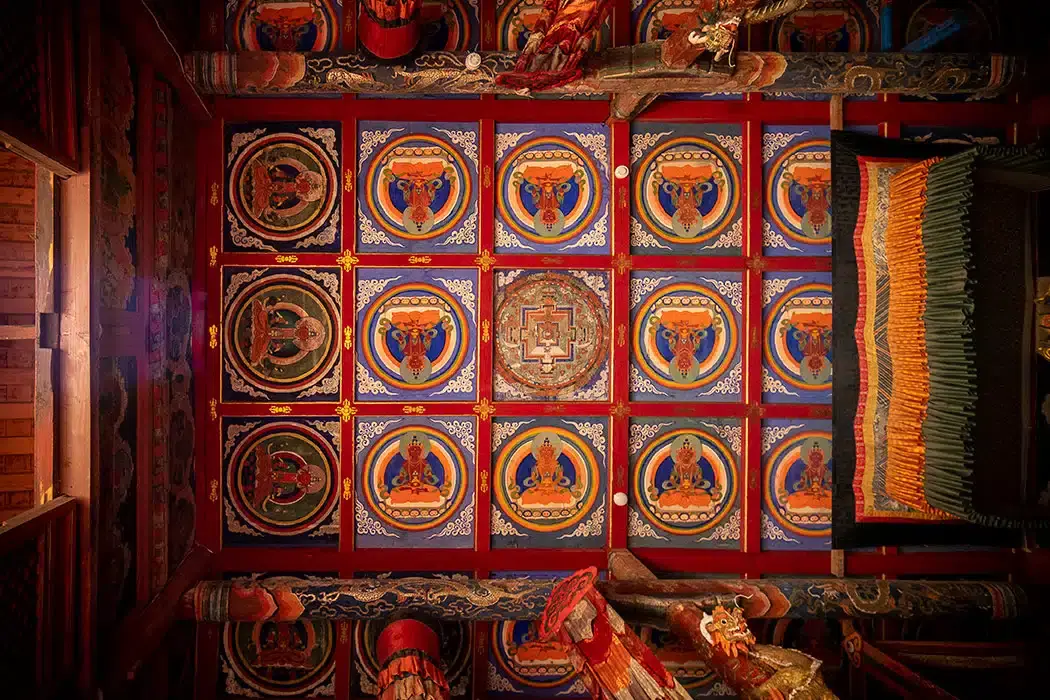
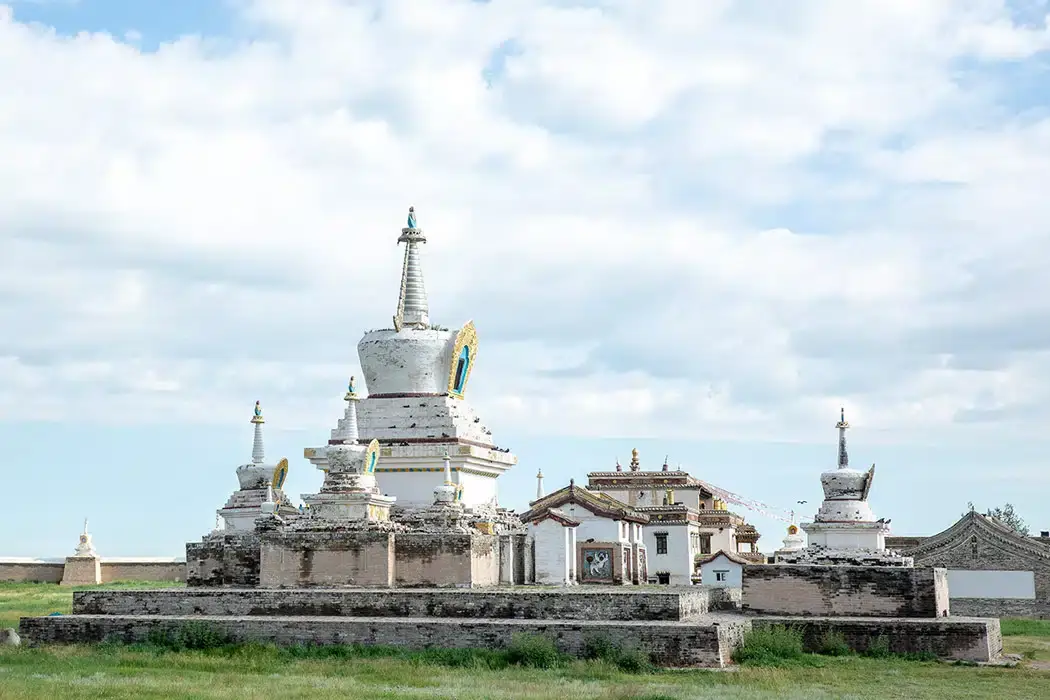
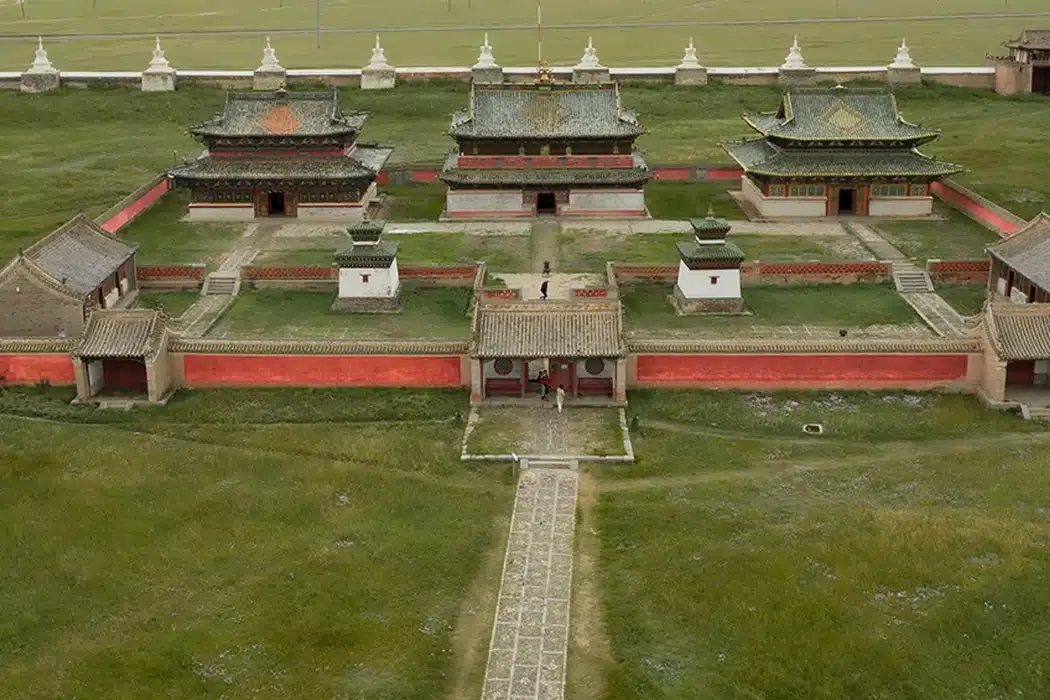
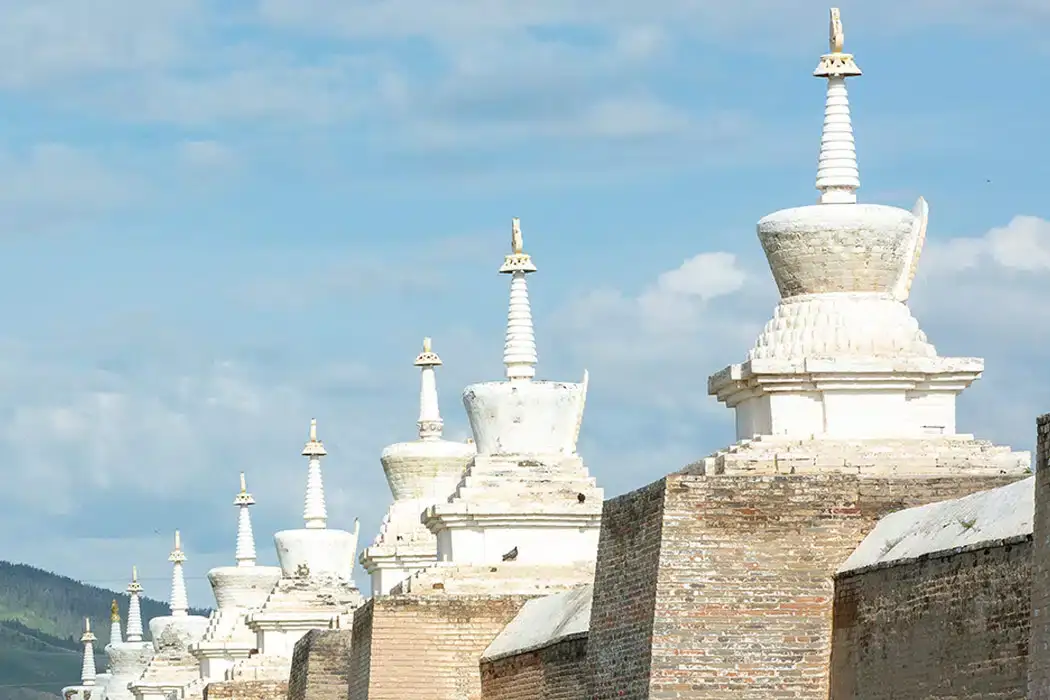
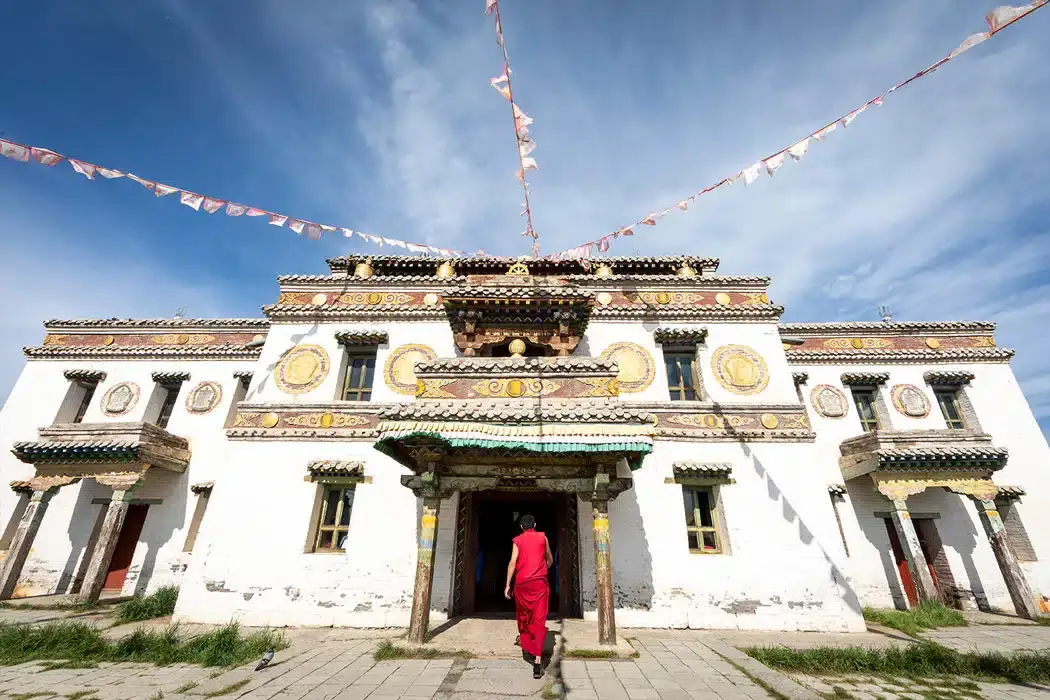
Gobi Desert
The Gobi Desert is the 5th largest desert in the world, covering a half-million square miles of land and it is the coldest desert on the planet. A third of Mongolia is the combination on arid desert and semi desert. Mongolia’s magnificent sand dunes of Hongoryn Els are known as “The Singing Sands” for the sound emitted when the wind blows. Tugrugiin Shiree is best known for its famous fossil find of “Fighting Dinosaurs,” the skeletal remains of a Protoceratops and Velociraptor locked in deadly combat. The Flaming Cliffs, an outcropping of red sandstone that glows red as the sun sets against their face, are another must-see. Dr. Roy Chapman Andrews of the American Museum of Natural History gave these glorious cliffs their name and here discovered the world’s first nest of dinosaur eggs here, cementing the Gobi’s reputation as a rich paleontological resource.
The Gobi also offers great wildlife spotting opportunities as it is inhabited by snow leopards, grey wolves, Siberian ibex, Argali wild sheep, Black tailed gazelles, Mongolian gazelles, corsac fox, Asiatic Wild Ass and over 250 species of birds.
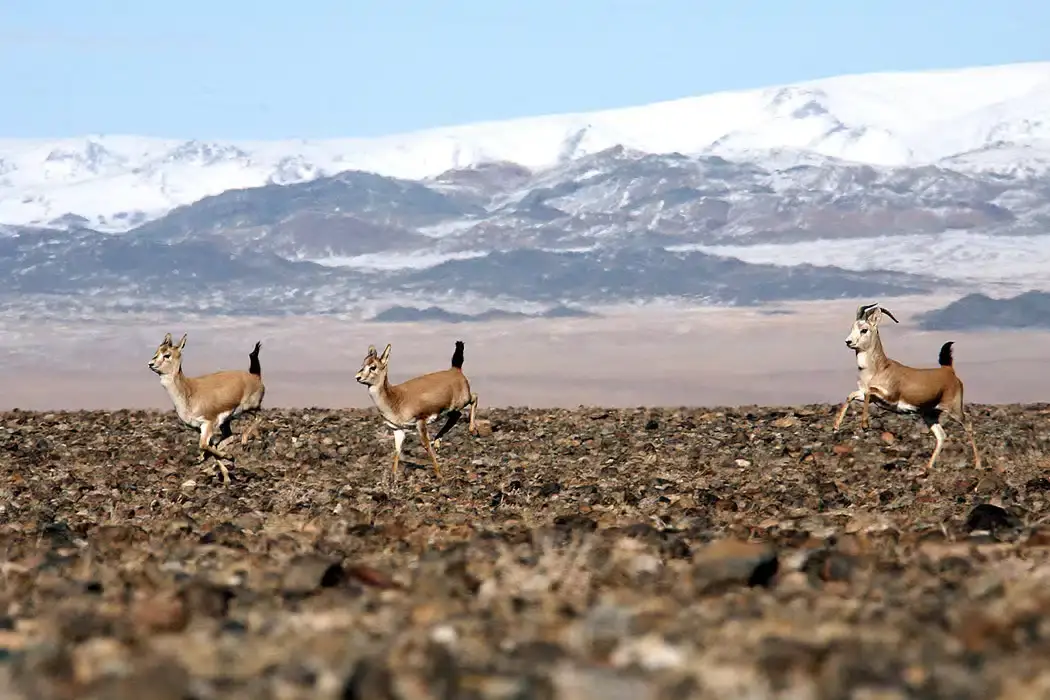
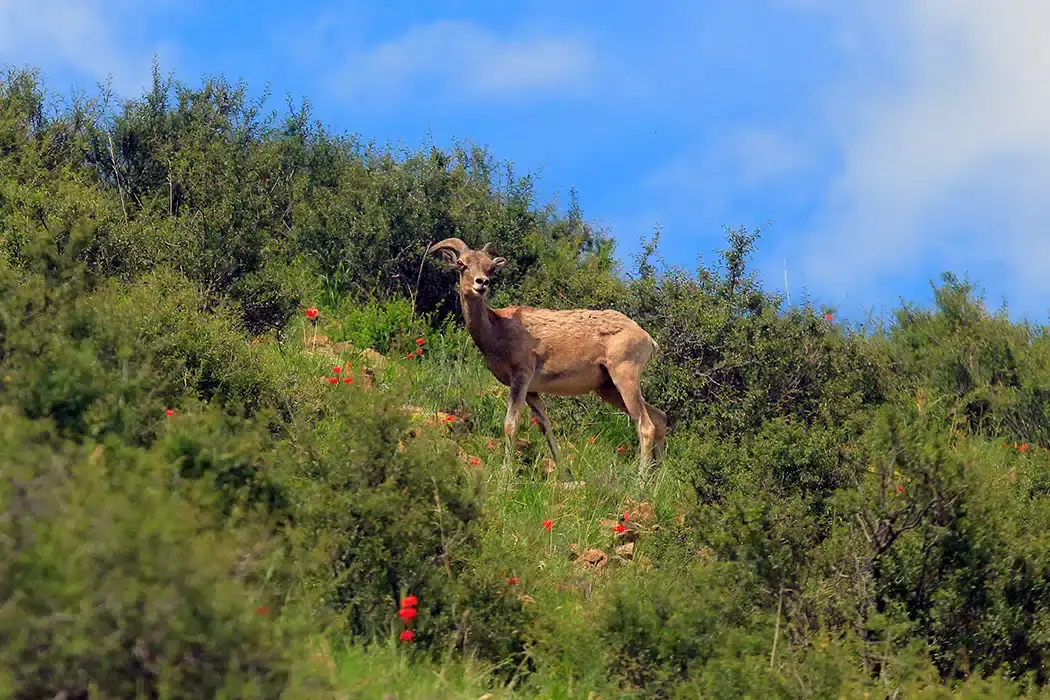
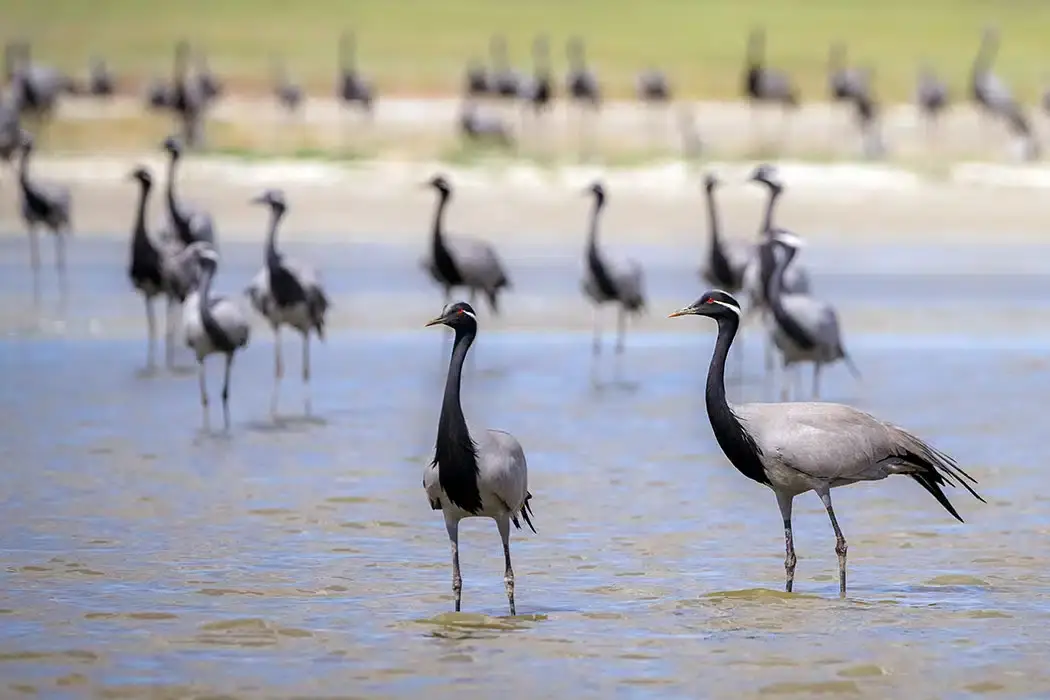
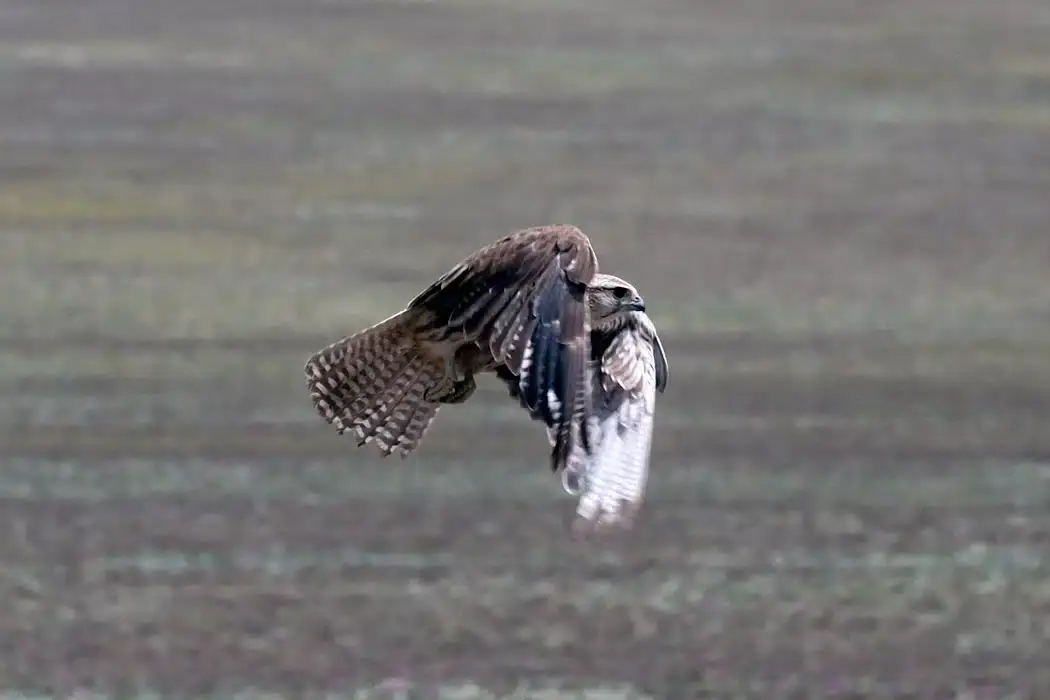
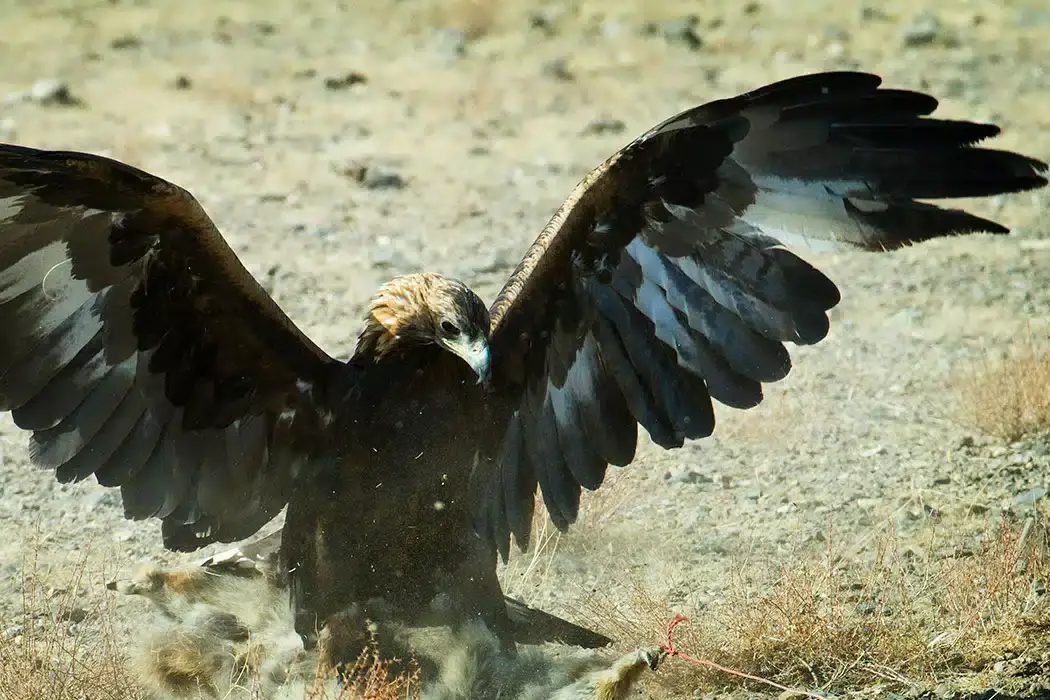
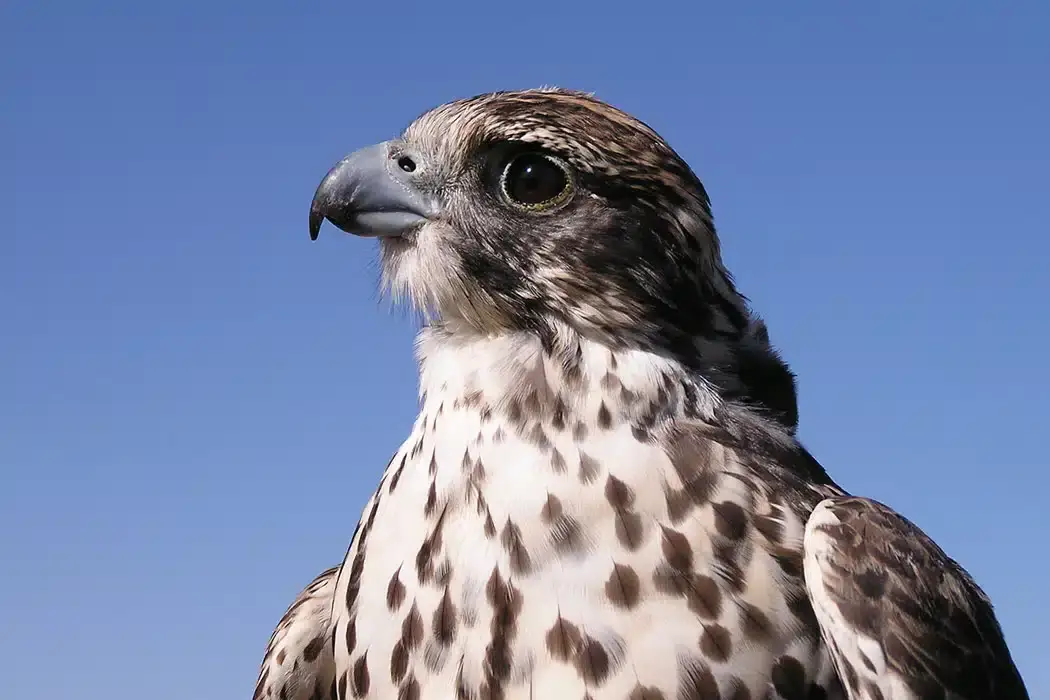
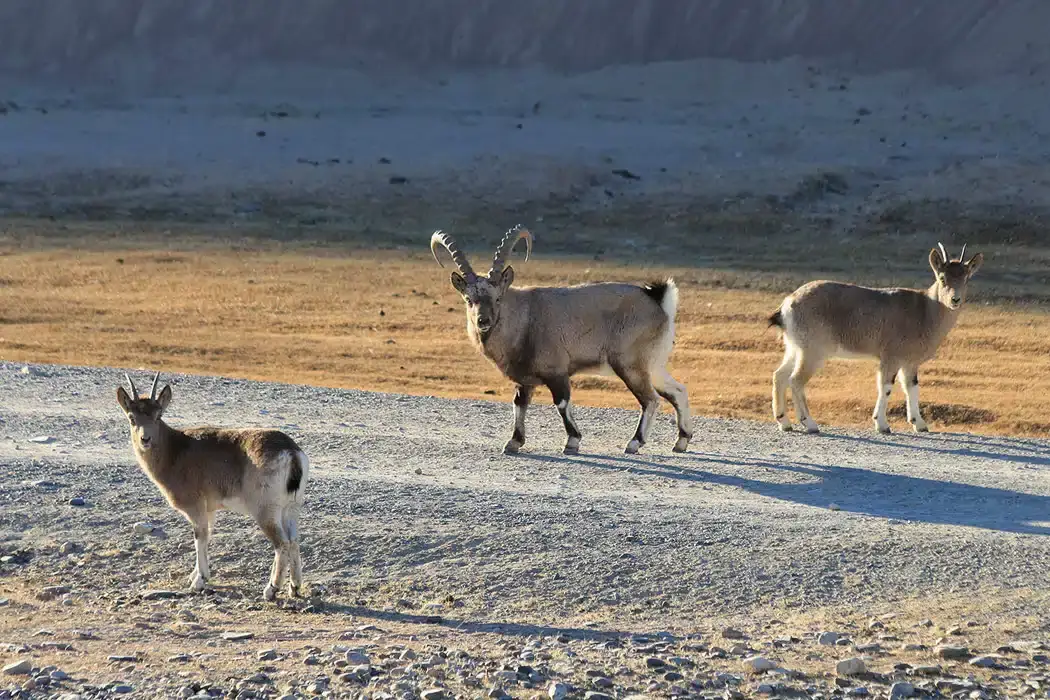
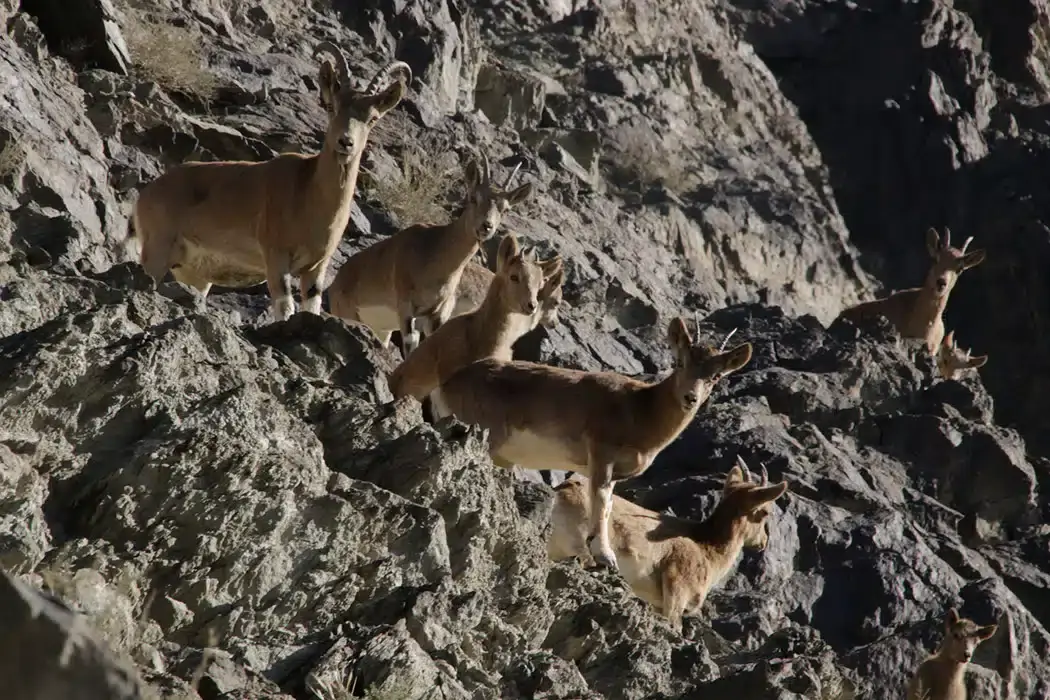
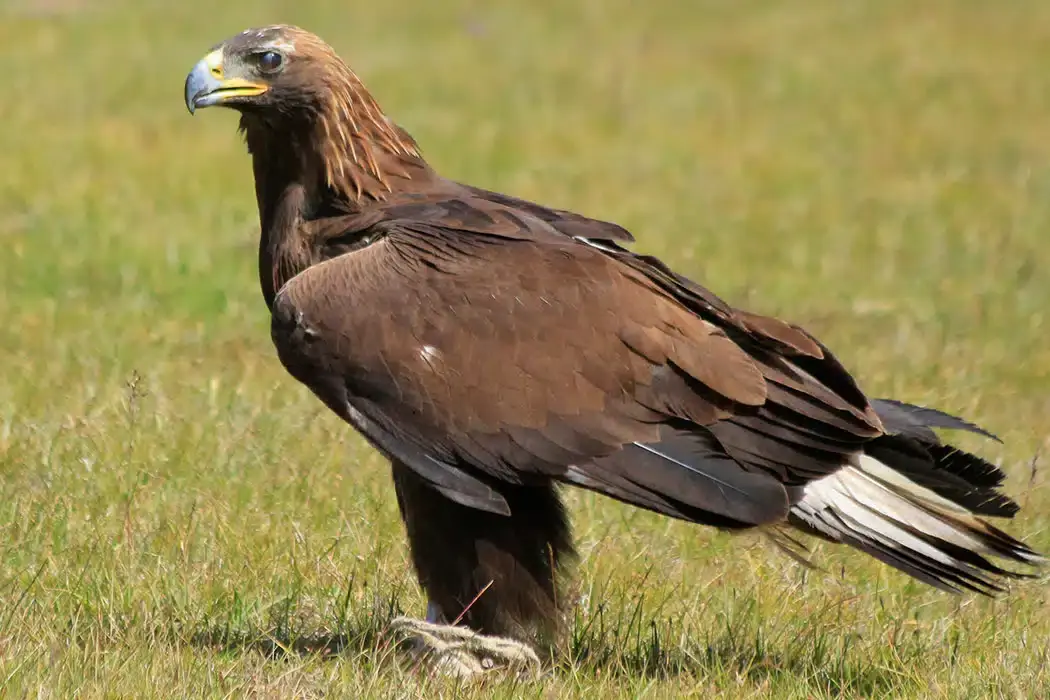
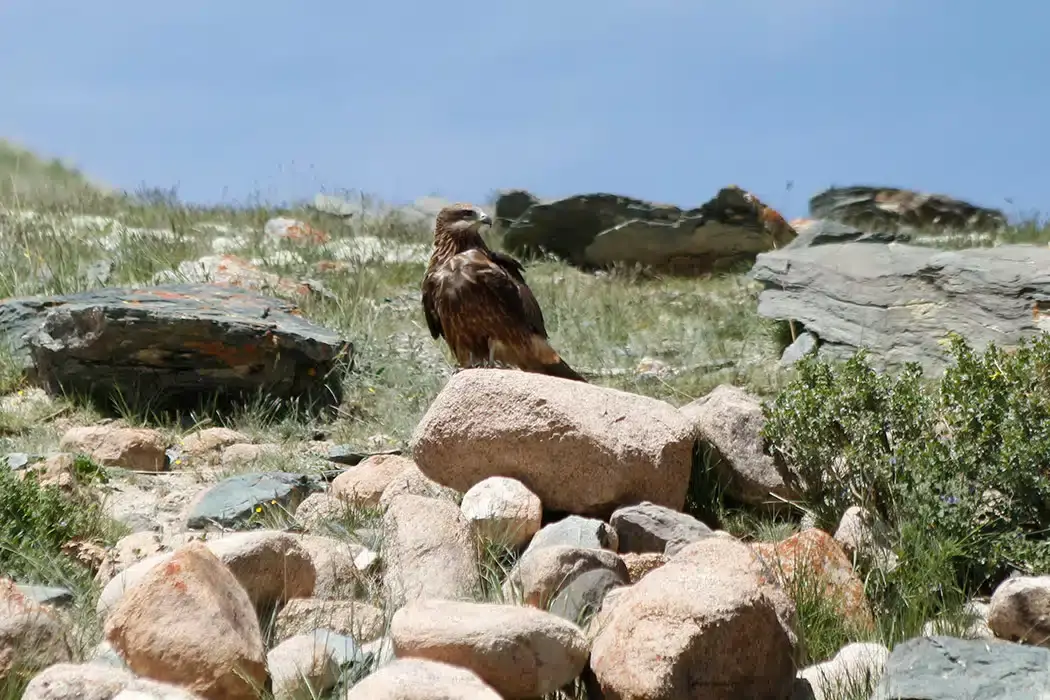
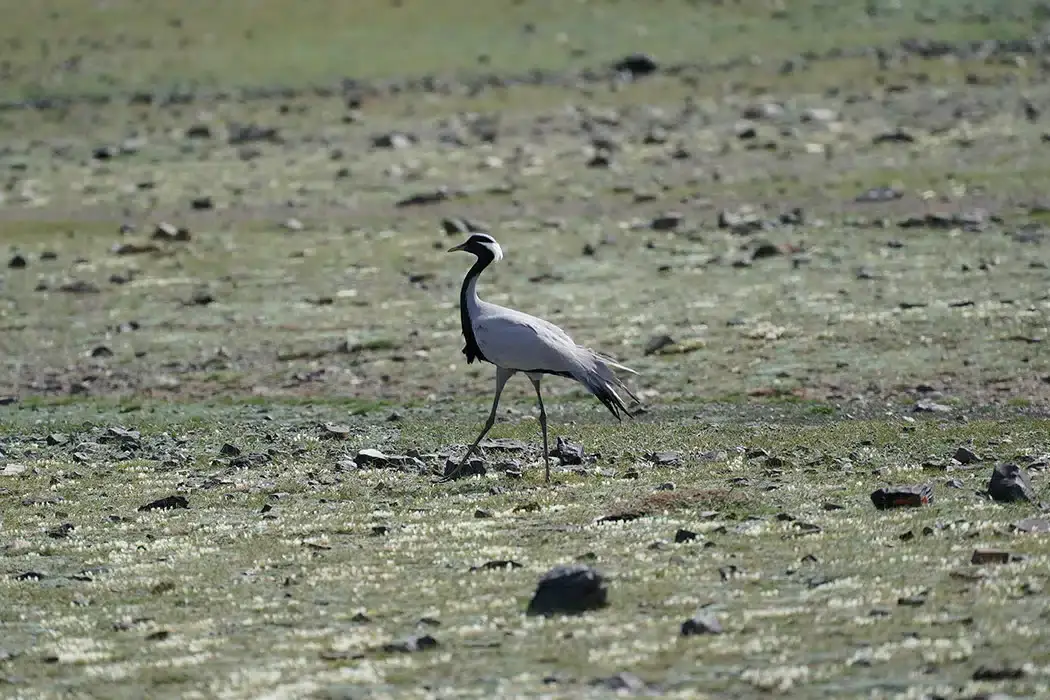
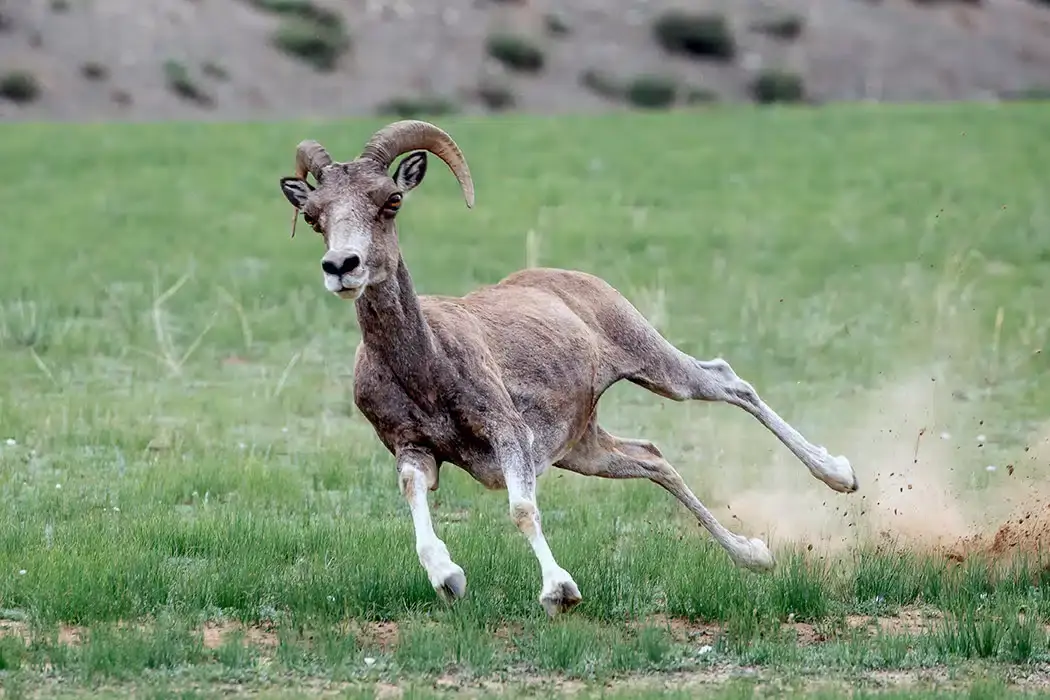
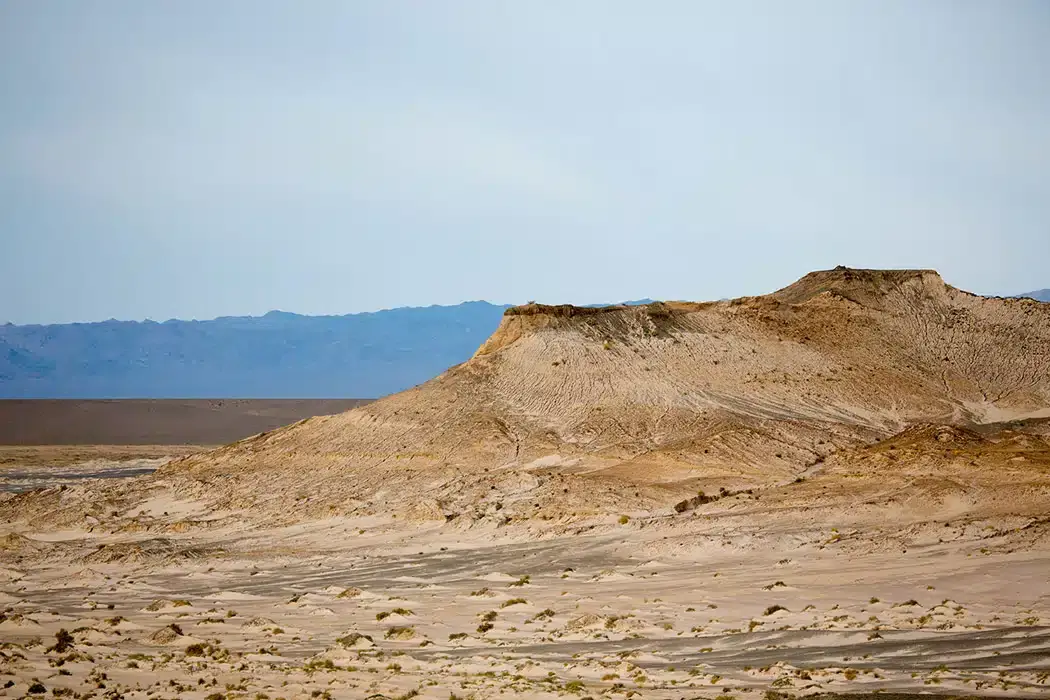
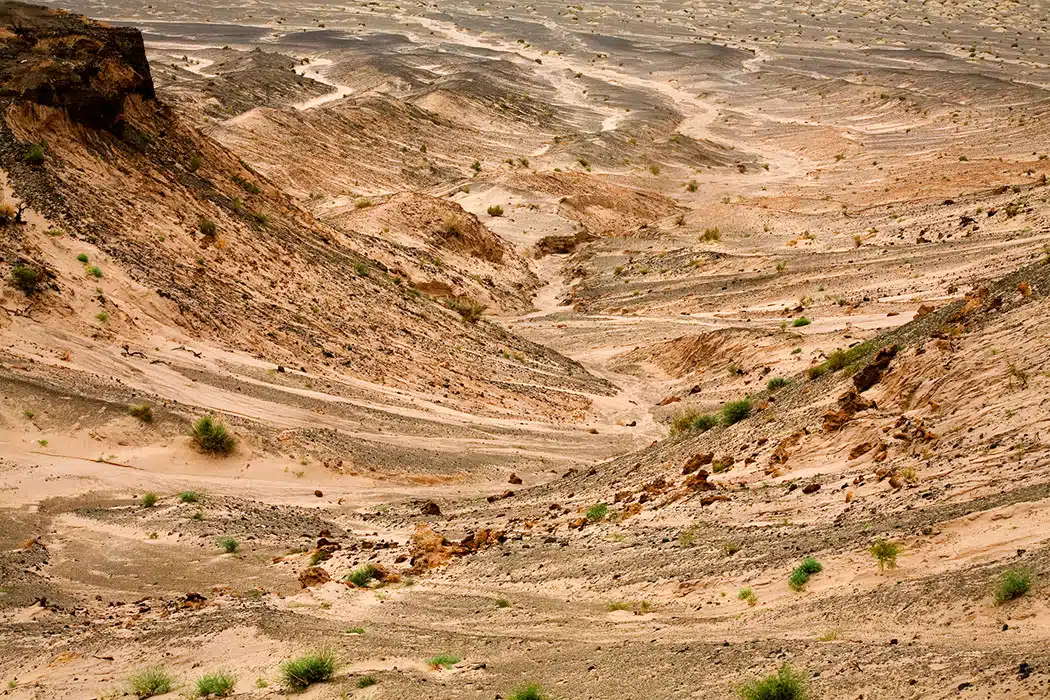
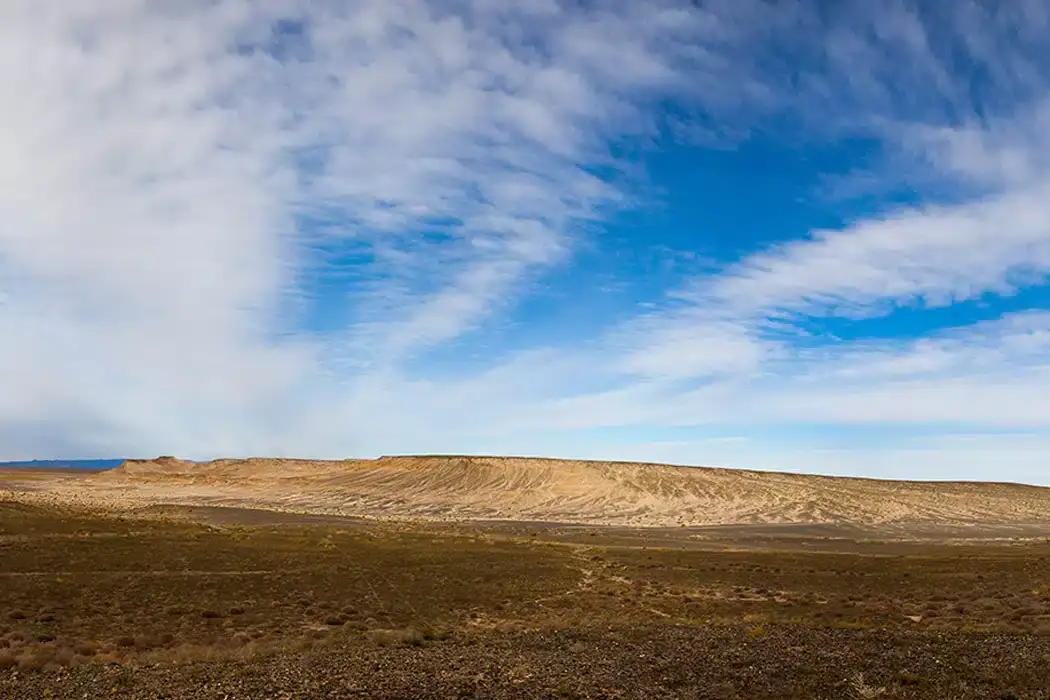
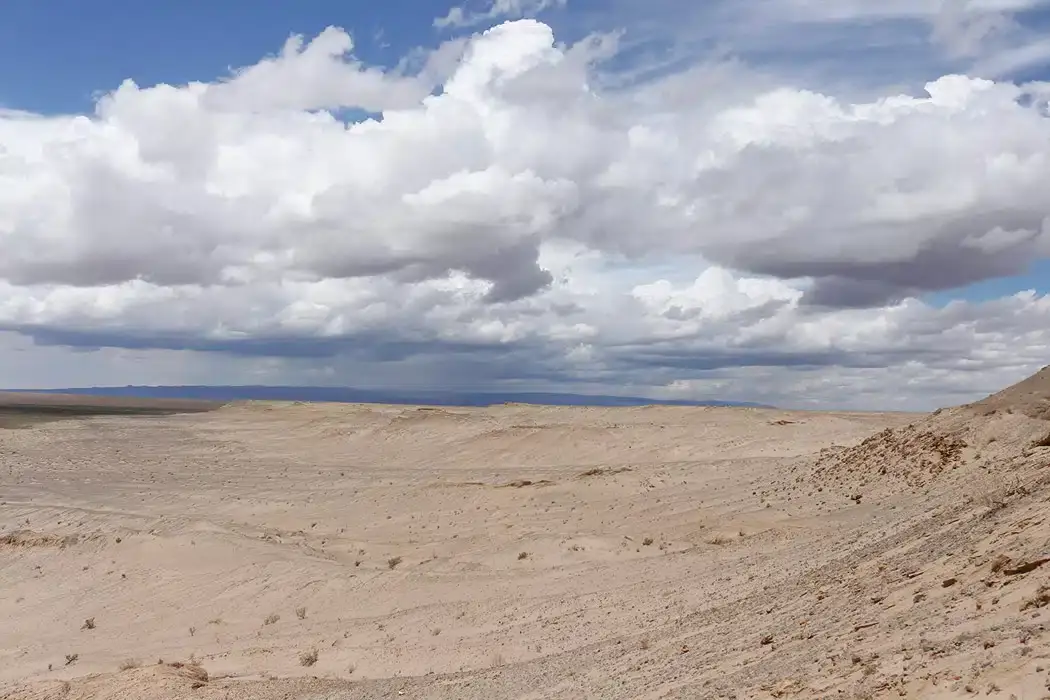
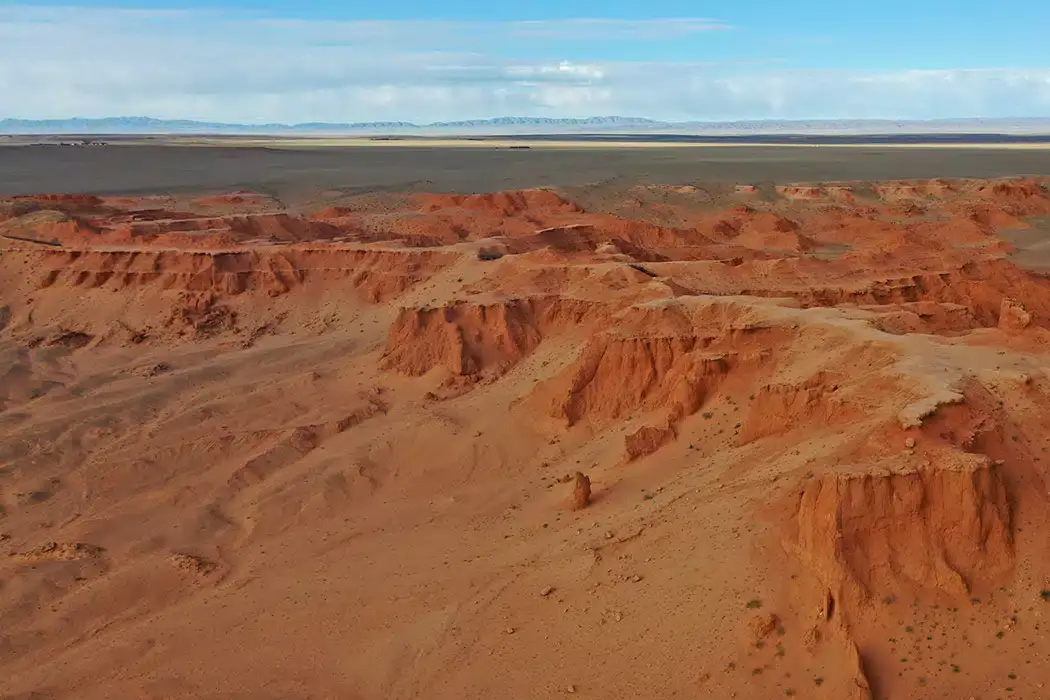
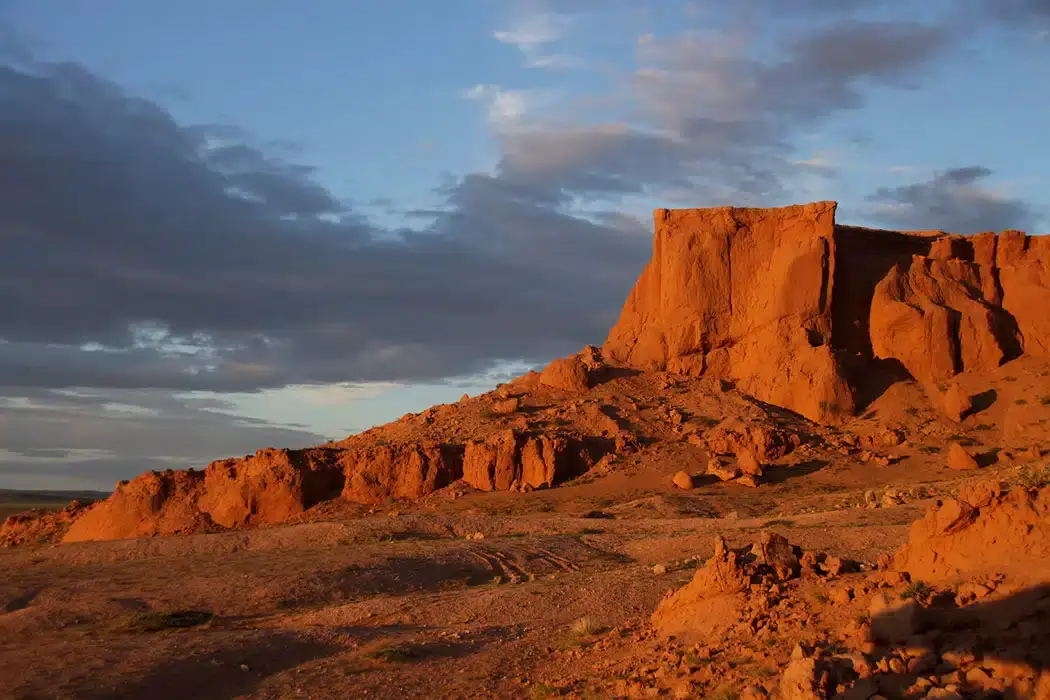
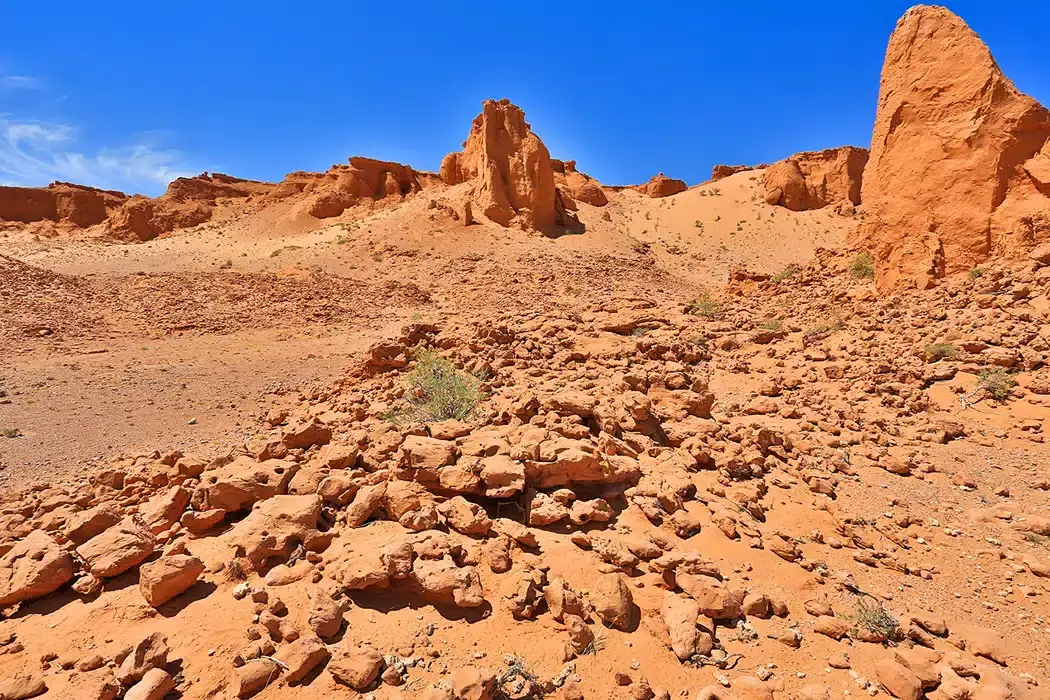
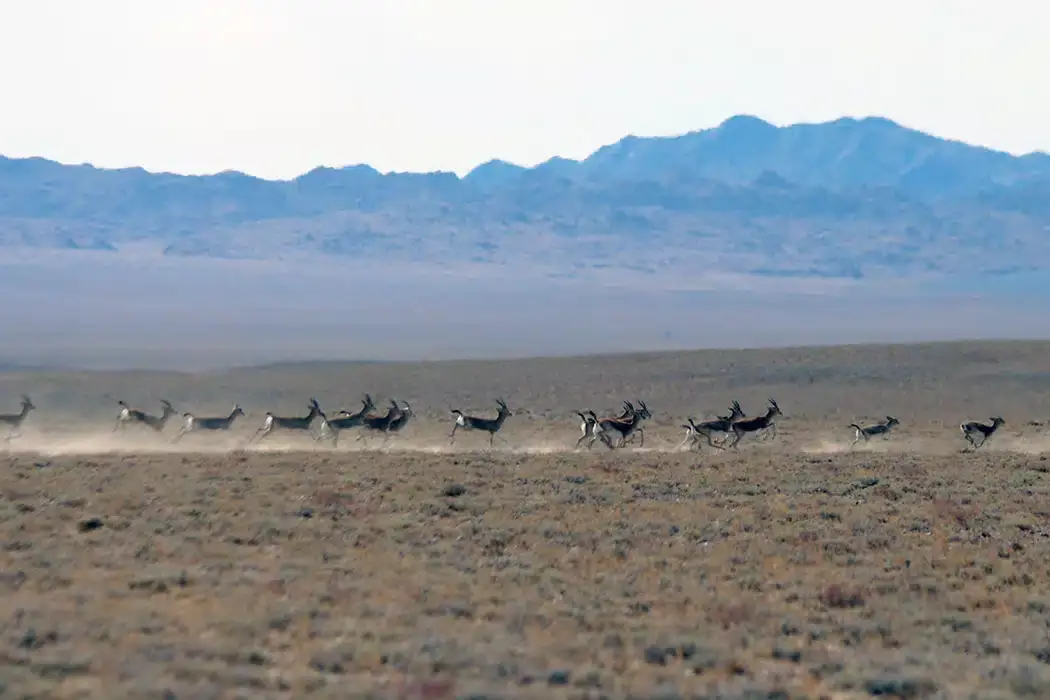
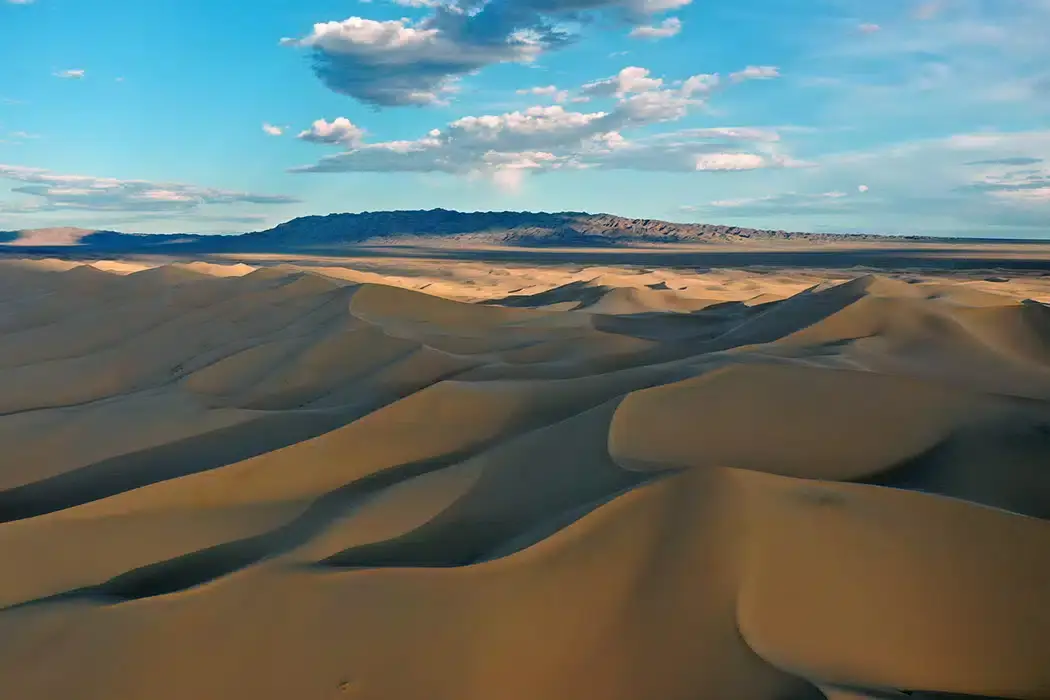
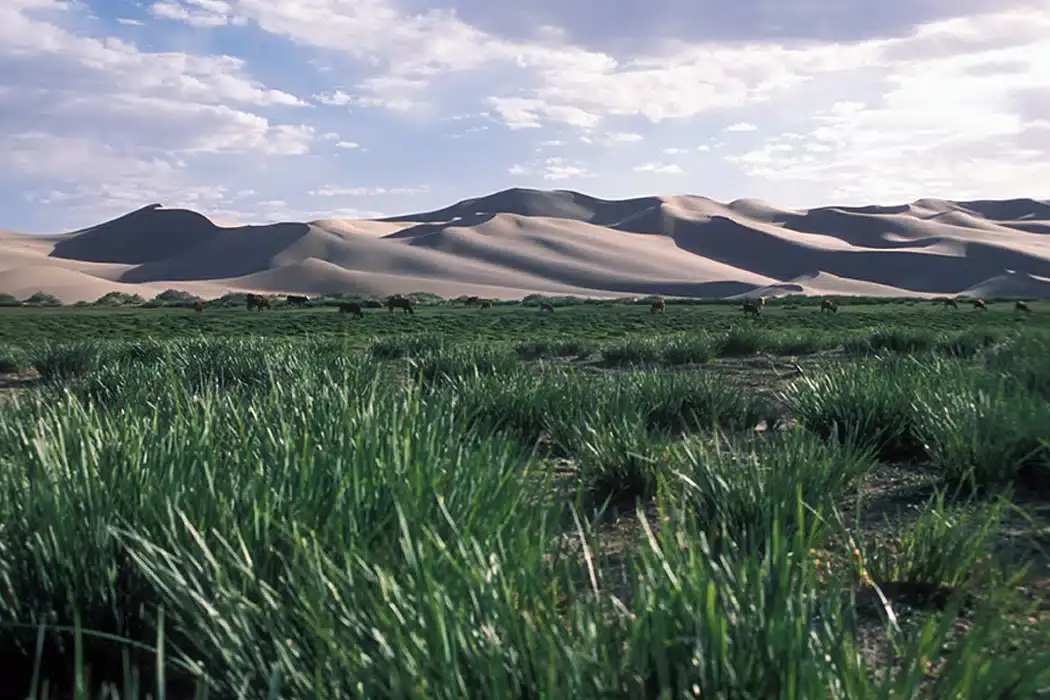
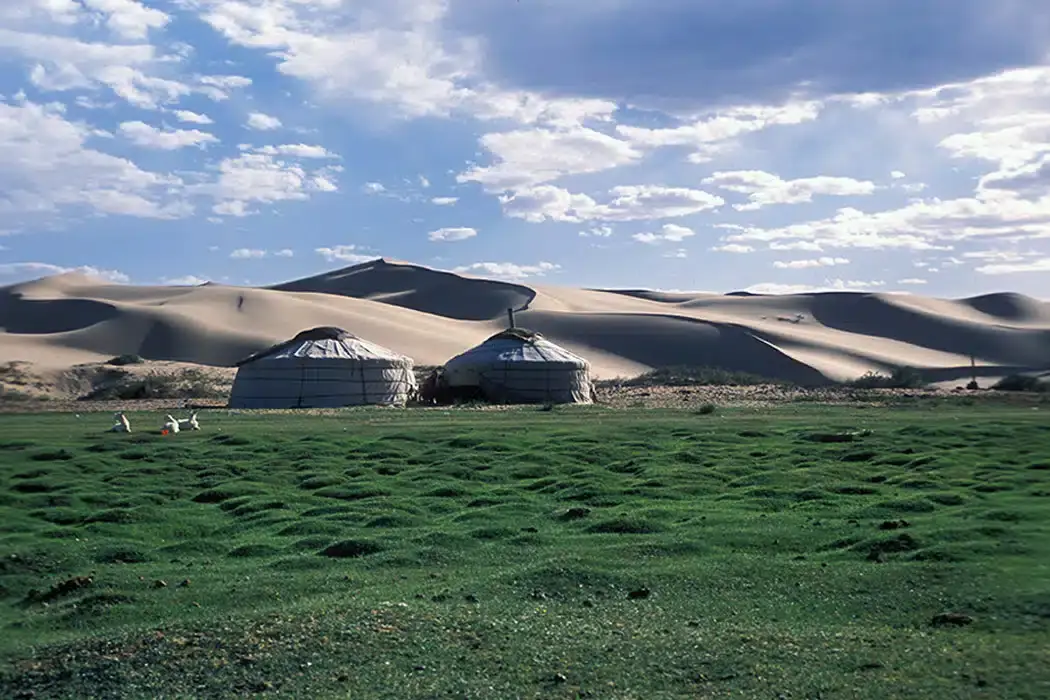
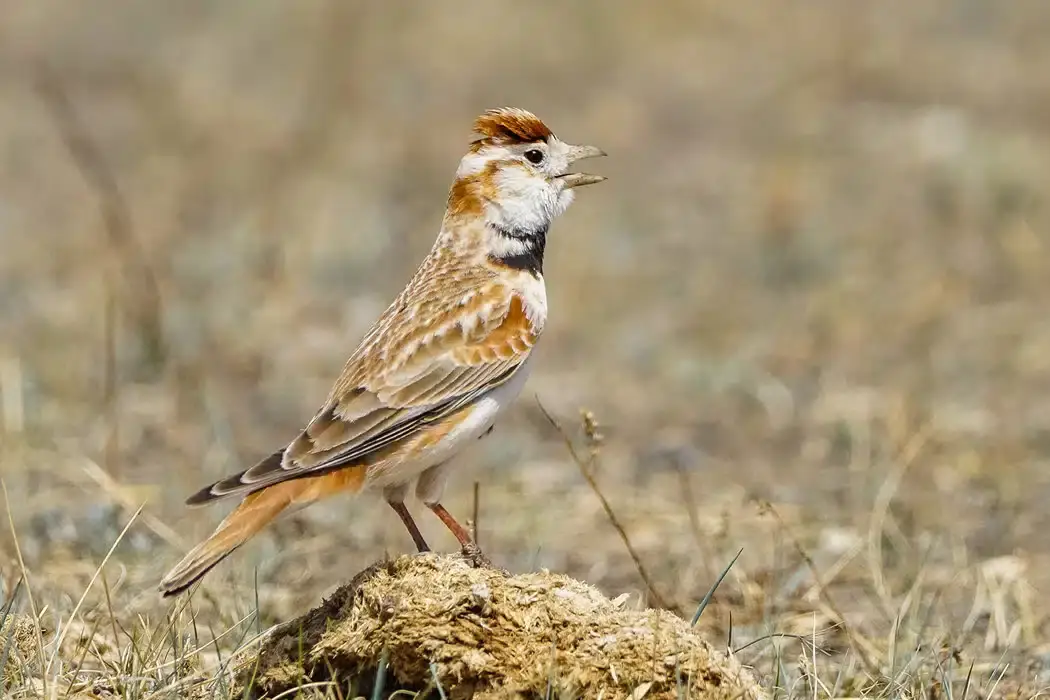
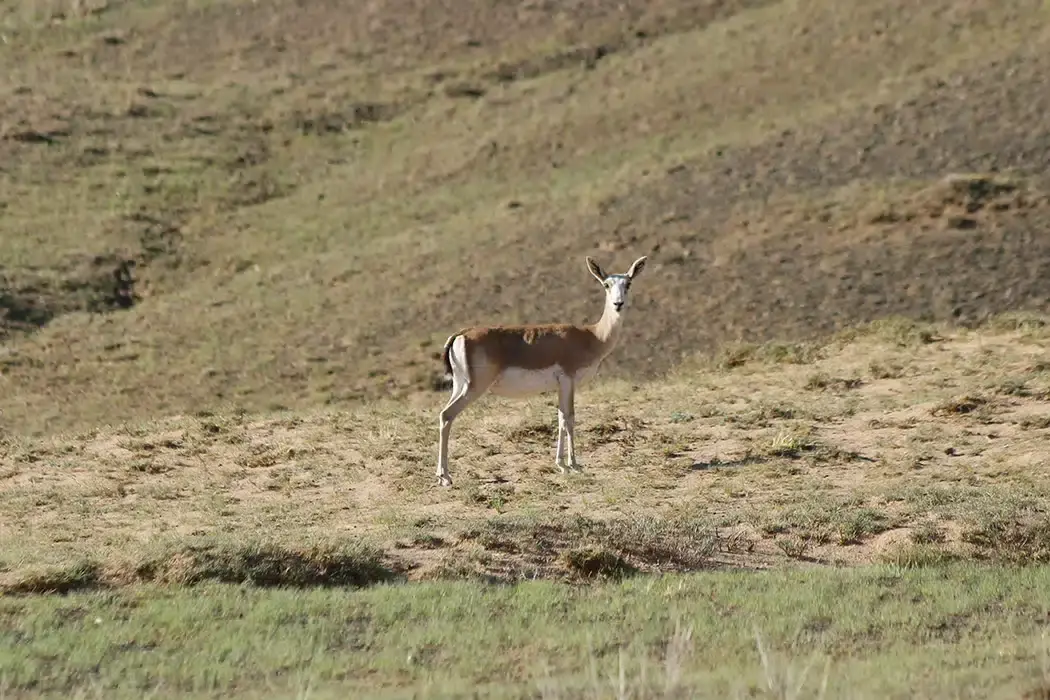
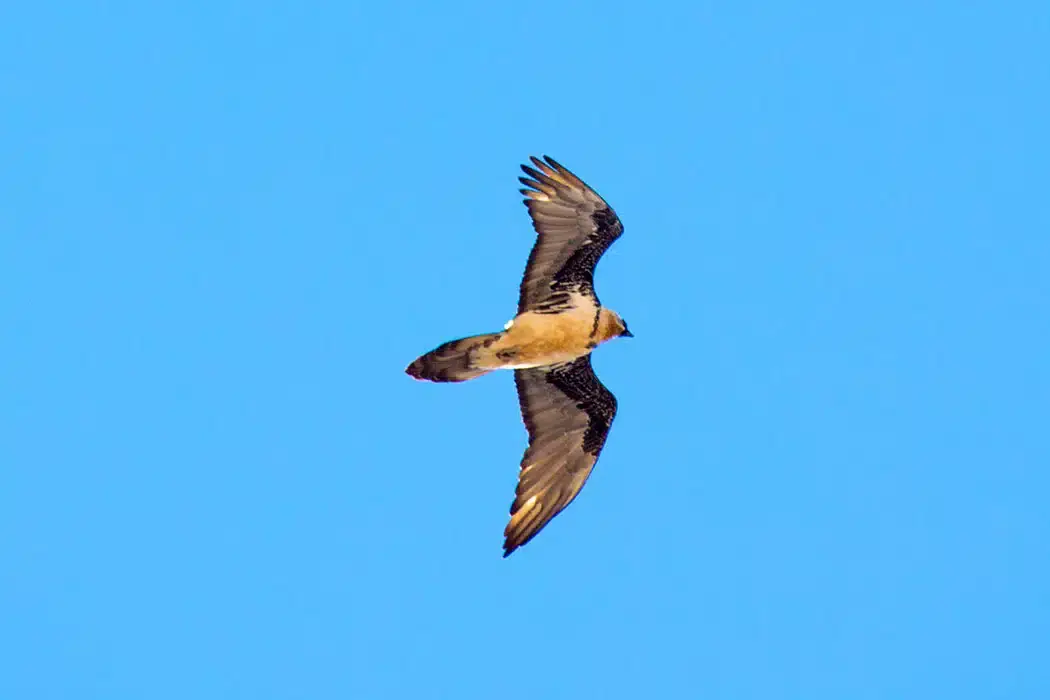
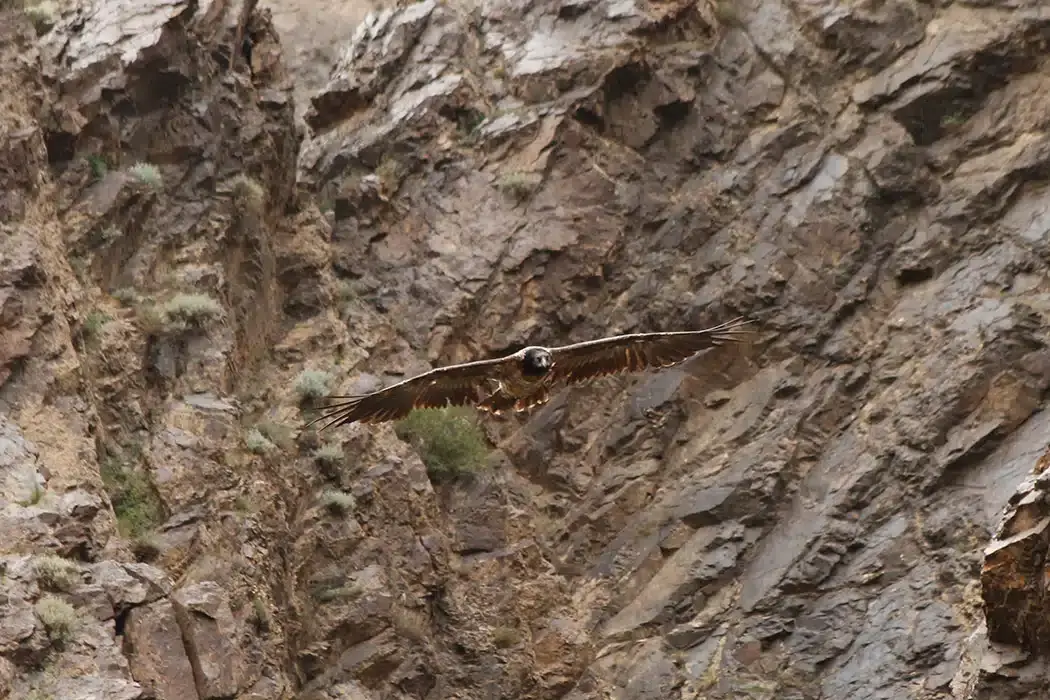
Eastern Mongolia
The far east the steppe extends across the Russian and Chinese borders to form the largest unfenced grassland in the world—10 times the size of the Serengeti. Before the great eastern plain, the Khentii mountains dominate the northwest edges of Mongolia. Known as the birthplace of Chinggis Khan, there are many places related to history of young ages of Temuujin and 13th century’s Mongols. To the east of the capital city are historic places such as Khar Zurkhnii Khukh Nuur, where Temuujin was crowned as Chinggis Khan, and sites made famous by his magnificent history leading the Mongols.
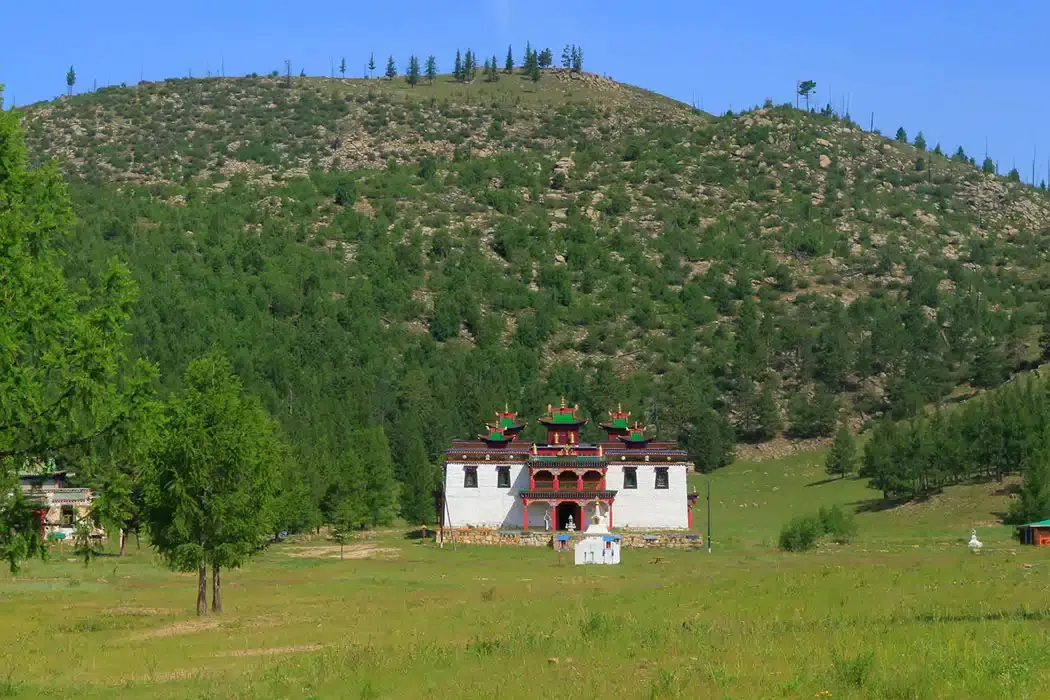
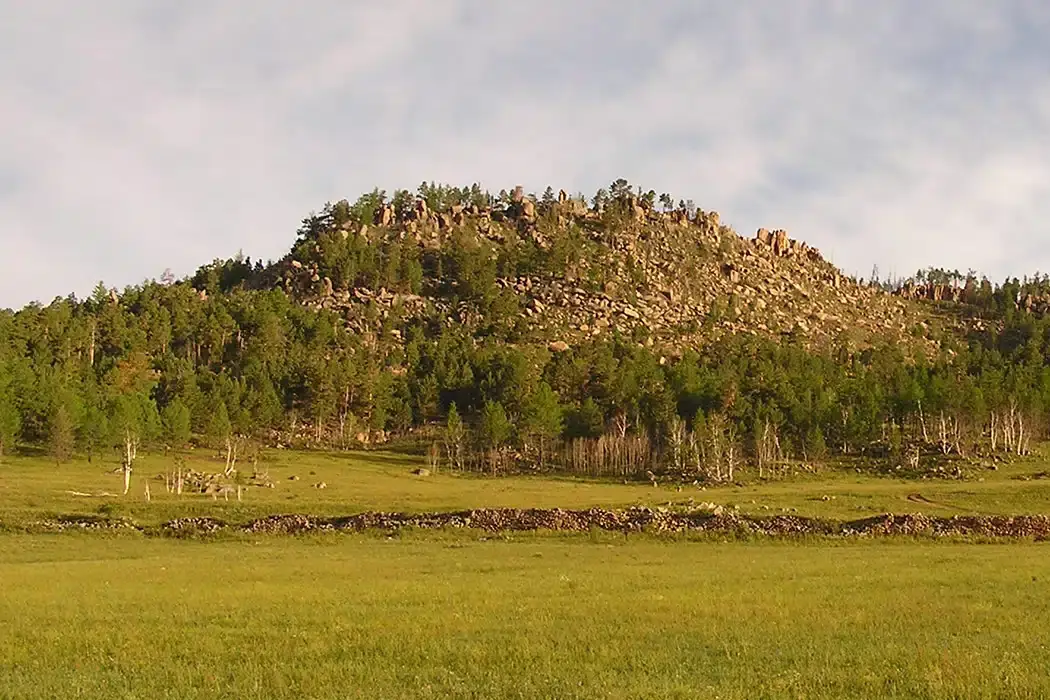
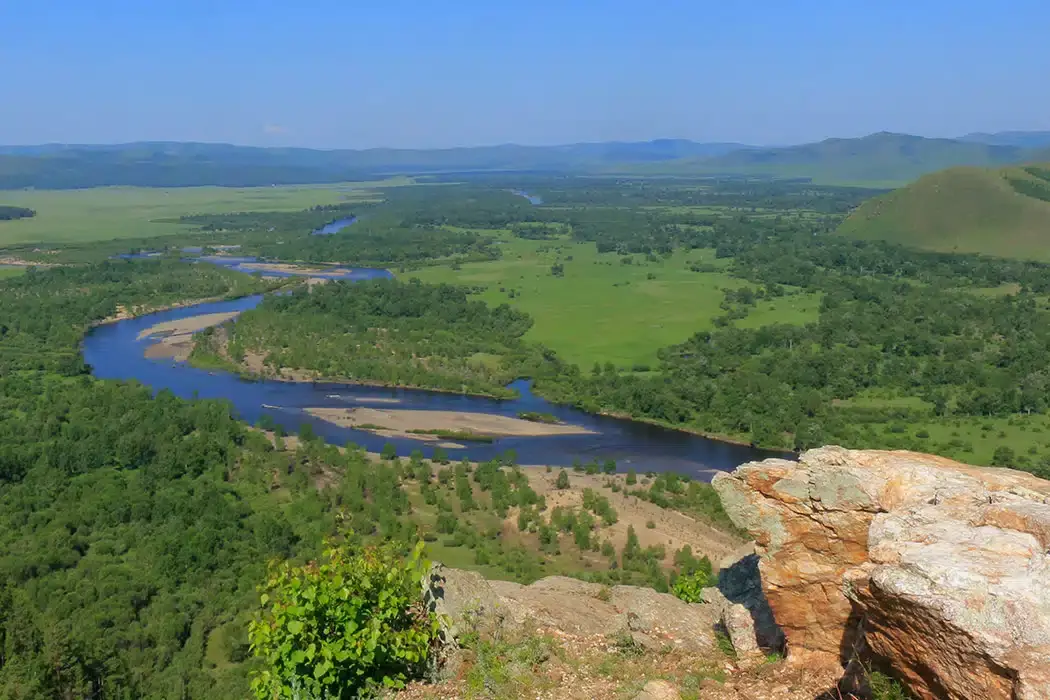
Western Mongolia
Western Mongolia is dominated by the Altai, the country’s largest mountains, stretching over 1,000 miles from the far west to Gobi Desert. A place of unspoiled wilderness teeming with wildlife, the land is esteemed for its snow leopards and antelope, impressive mountain scenery, and prime landscapes for adventurous climbers and hikers. The Altai Mountains are also the place to experience some of Mongolia’s most fascinating cultures. Over 20 different ethnic minorities live in the western provinces. The most well known are the Kazakhs whose ancestors migrated to the area in the 1800s, and whose proud tradition of hunting with trained golden eagles is celebrated annually at the renowned Golden Eagle Festival, co-founded by Jalsa Urubshurow, the CEO and founder of Nomadic Expeditions.
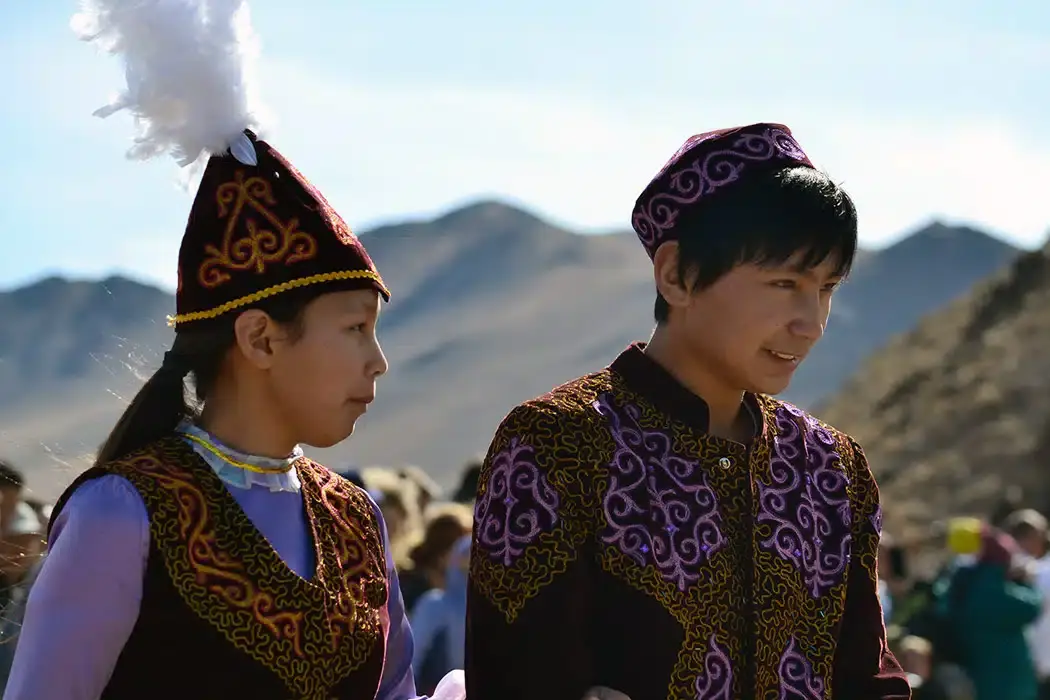
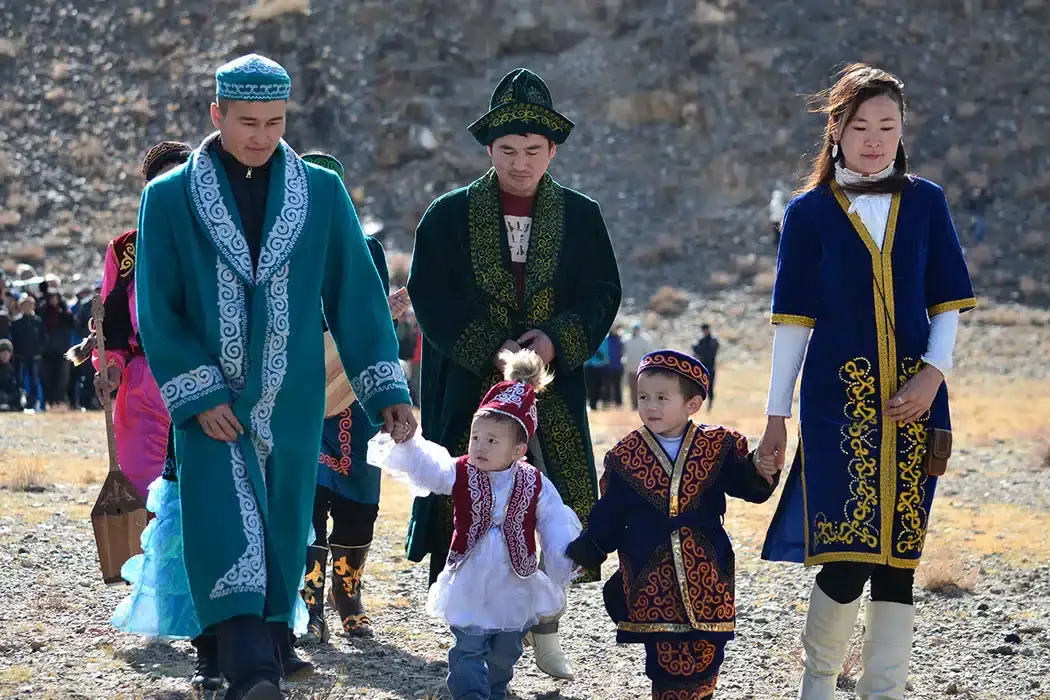
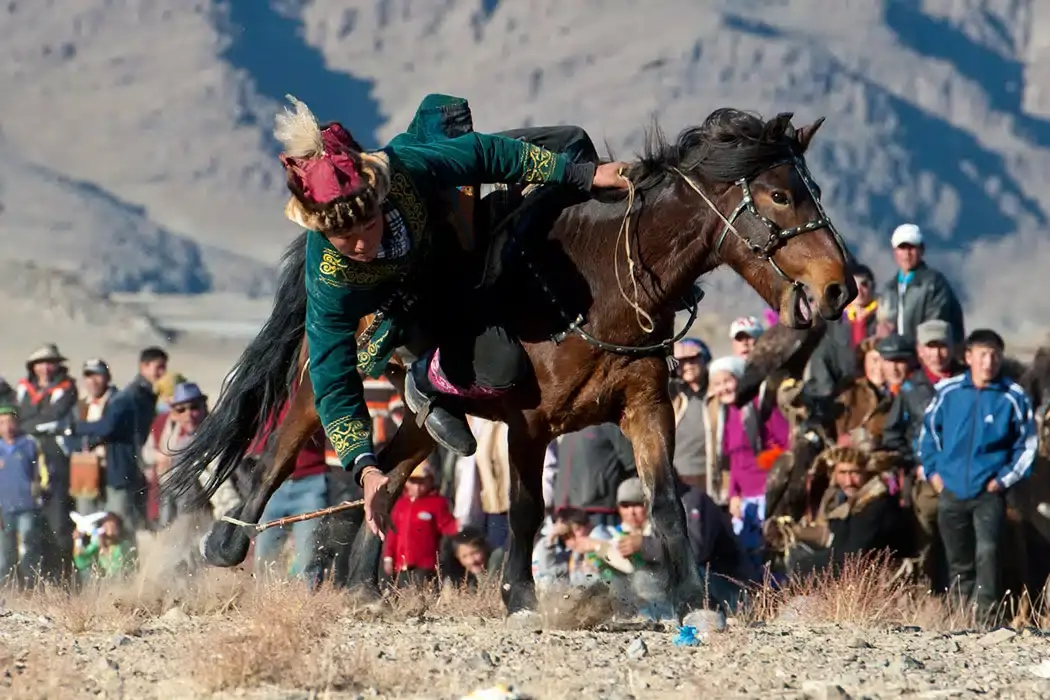
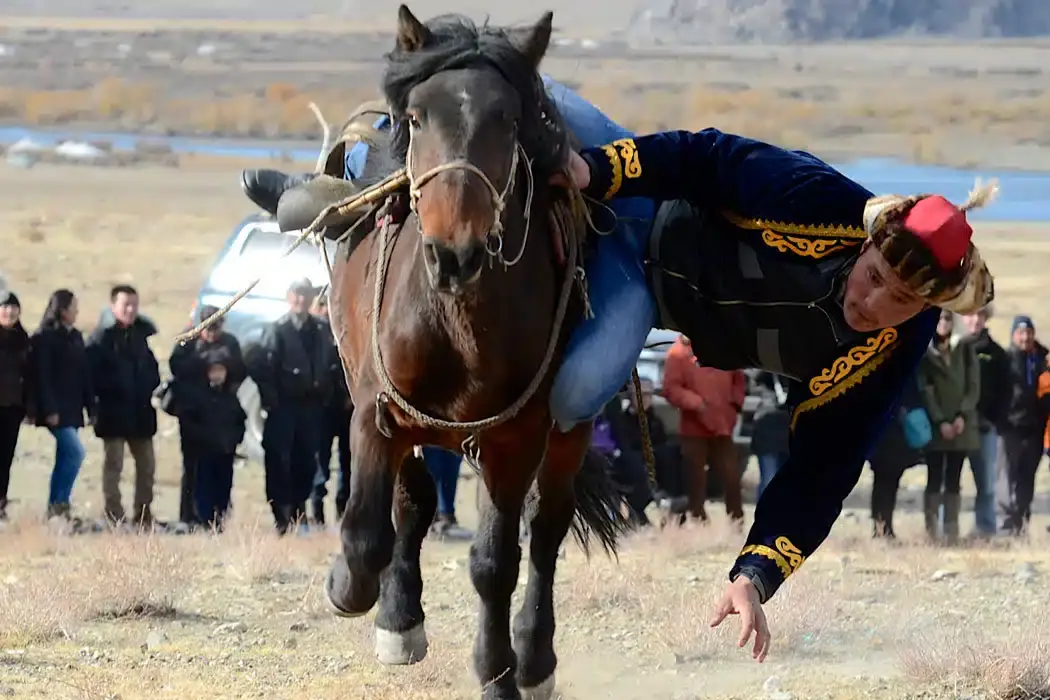
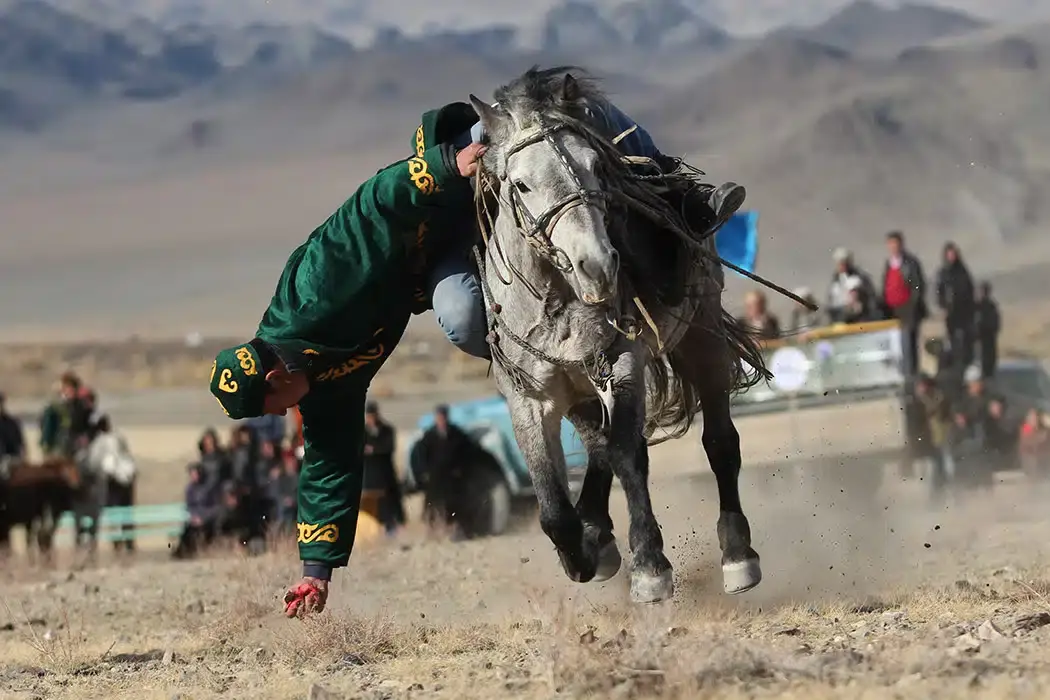
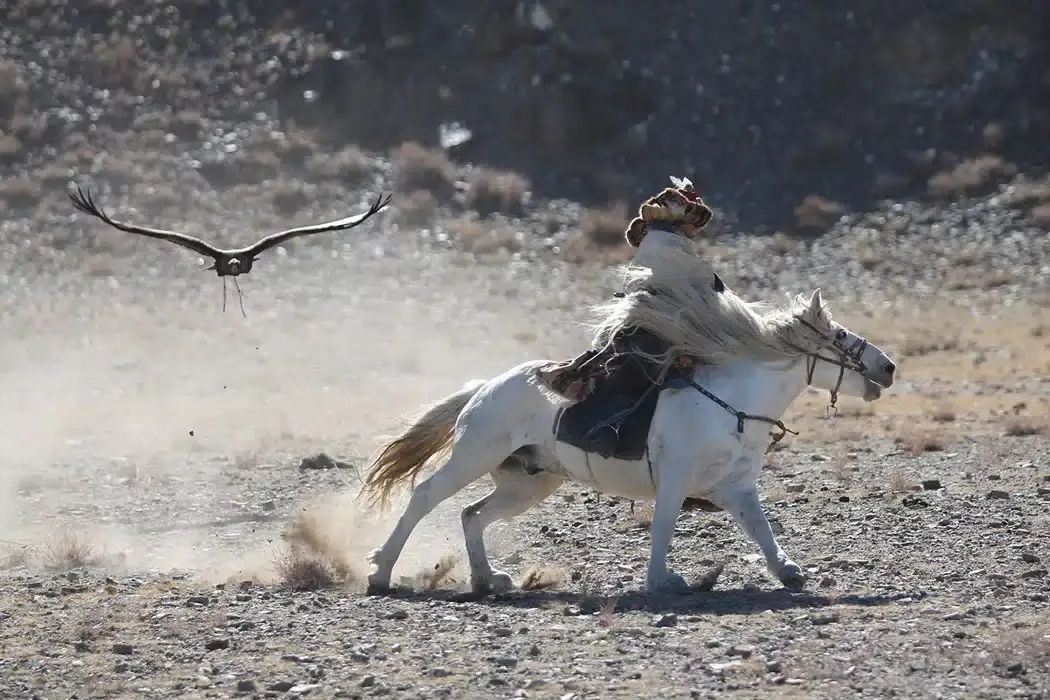
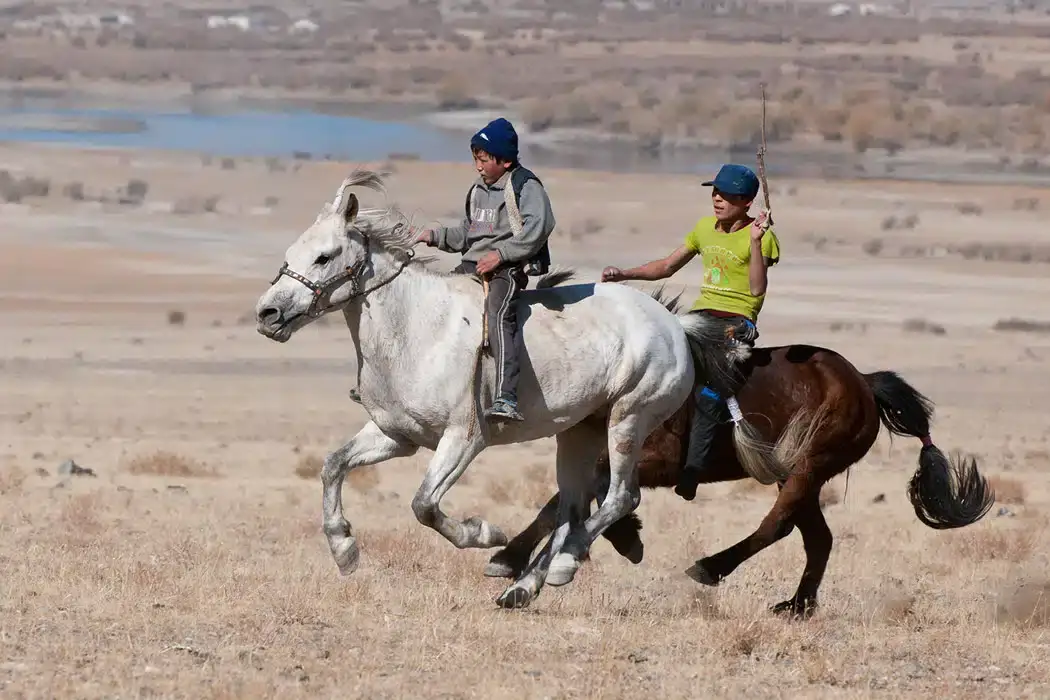
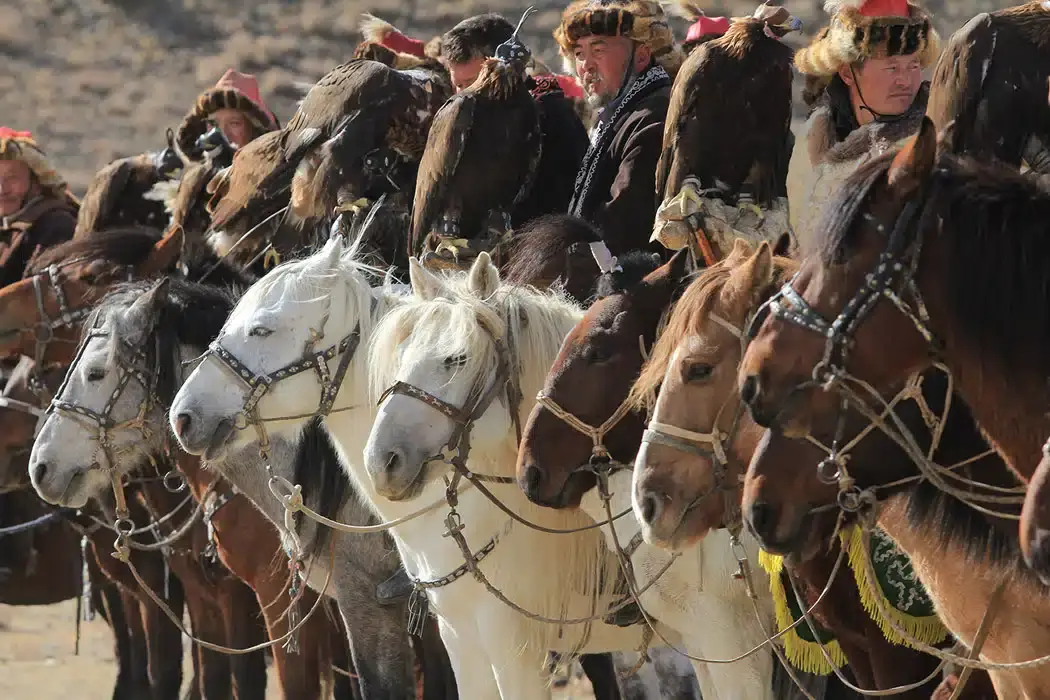
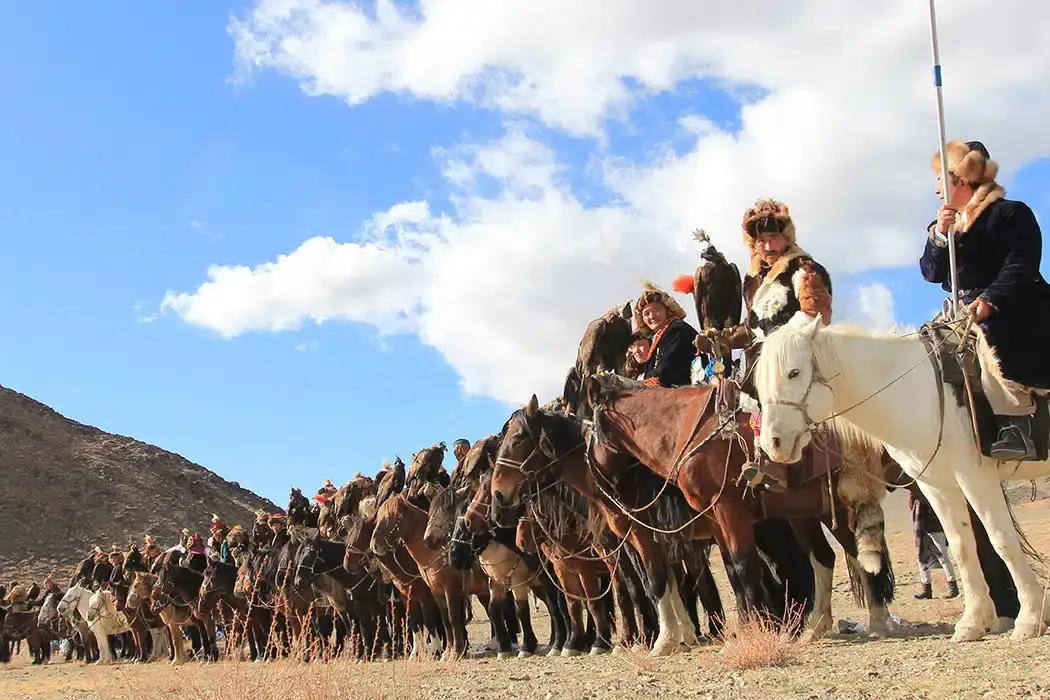
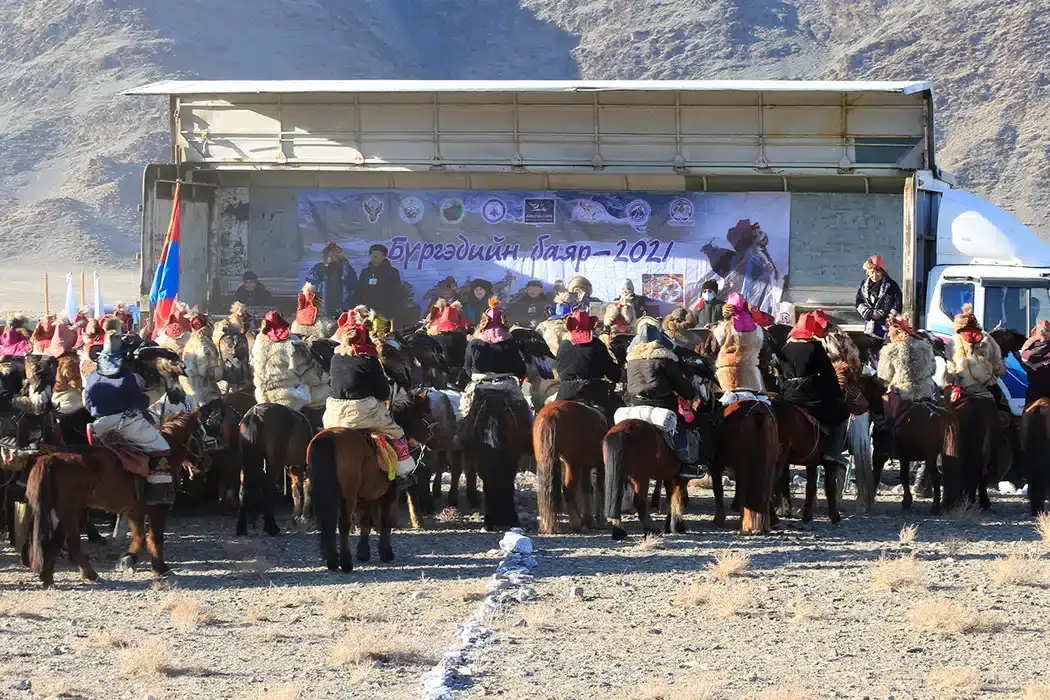
Nearby Ulaanbaatar
Half of the country lives in the capital, a thriving center of economy, culture, art, fashion, and business. Founded over 350 years ago, the capital of Mongolia used the name ‘migrating city’ as the first foundation of city was established 250 miles away from current location. Beginning in the 20th century, over 60 thousand people used to live in the city. Residents included Mongols, Russians, Chinese, and people of approximately 80 foreign nationalities including Americans, Koreans, Tibetans, and Polish.
During the Socialist era, yje city was reorganized, replanned and many residential building, administration buildings, depots, museums, theatres, cultural buildings and manufactures were built, leading to rapid development in the 21st century.
There are lot to see in the capital, including the Zanabazar Fine Art Museum, Gandan Monastery, Choijin Lama Temple, the Bogd Khan Winter Palace.
Within just a couple hours from the capital you can visit the world’s last true wild horse, the Takhi, or Przewalski’s Horse. You can also visit Gun-Galuut Nature Reserve, home to over 70 different species of birds. As well as a 131-foot statue of Chinggis Khan.
From lush green valleys and undulating sand dunes to regions rich with wildlife and history, Mongolia will earn a place in your heart forever.
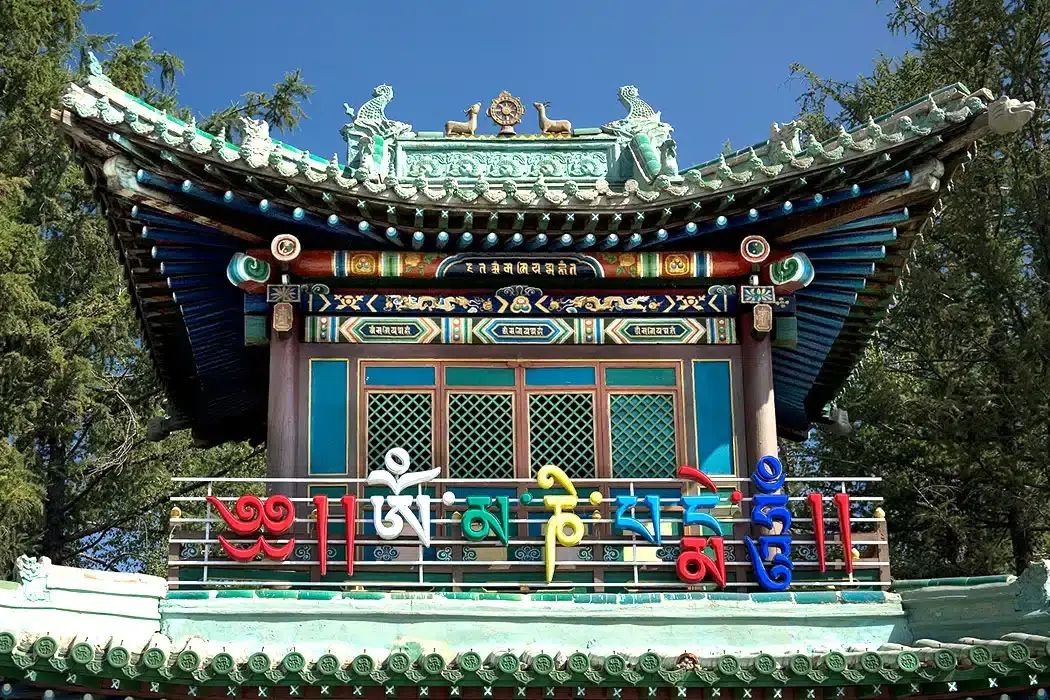
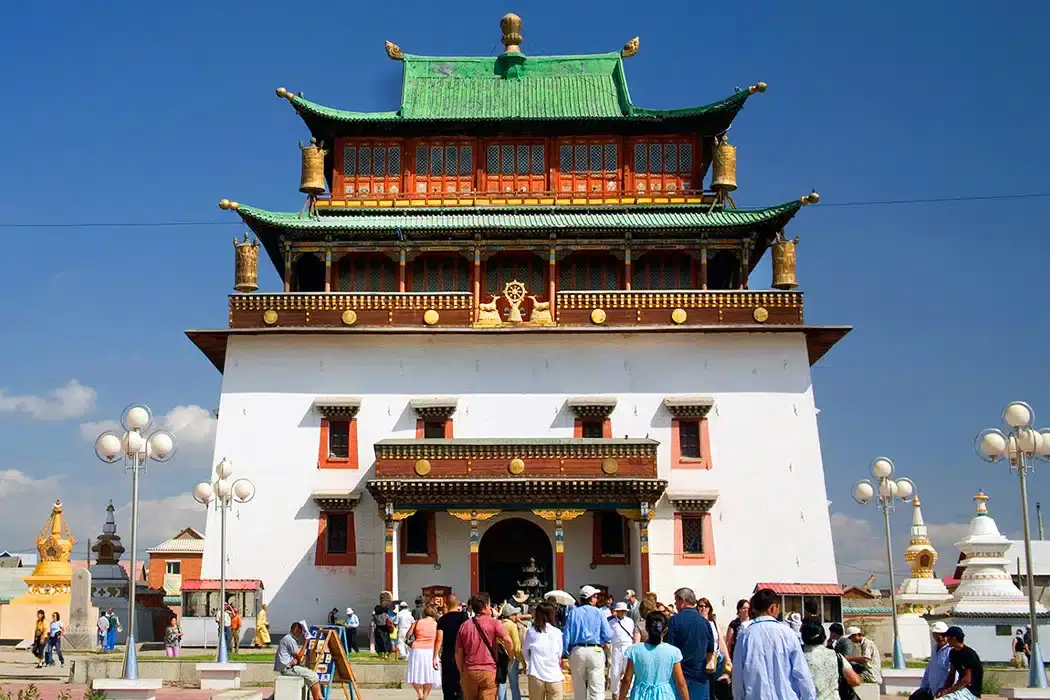
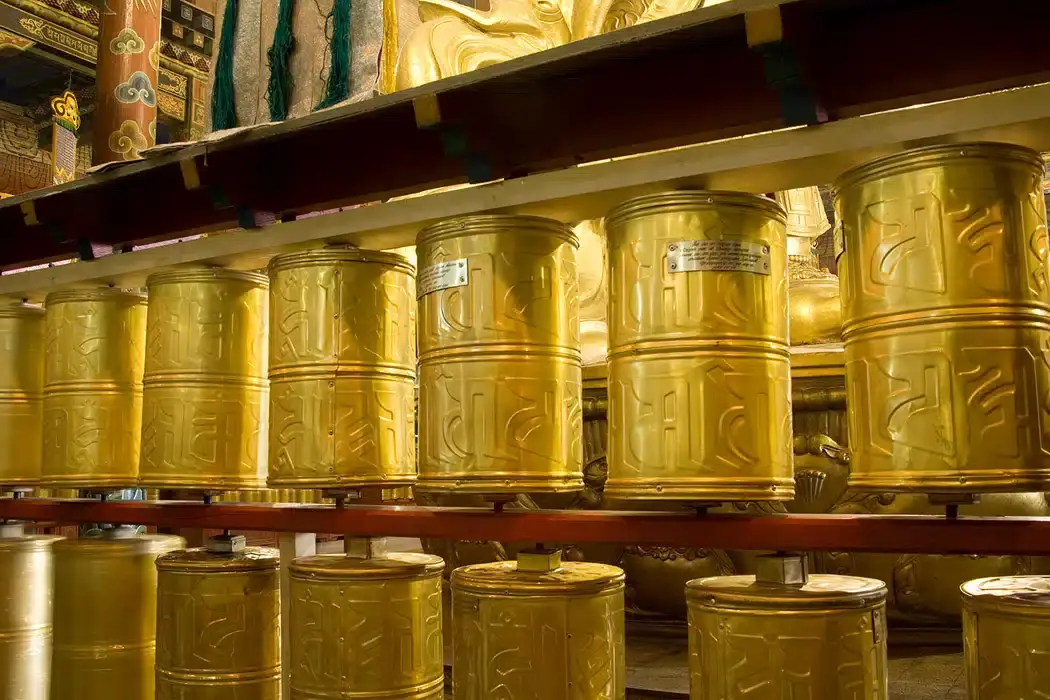
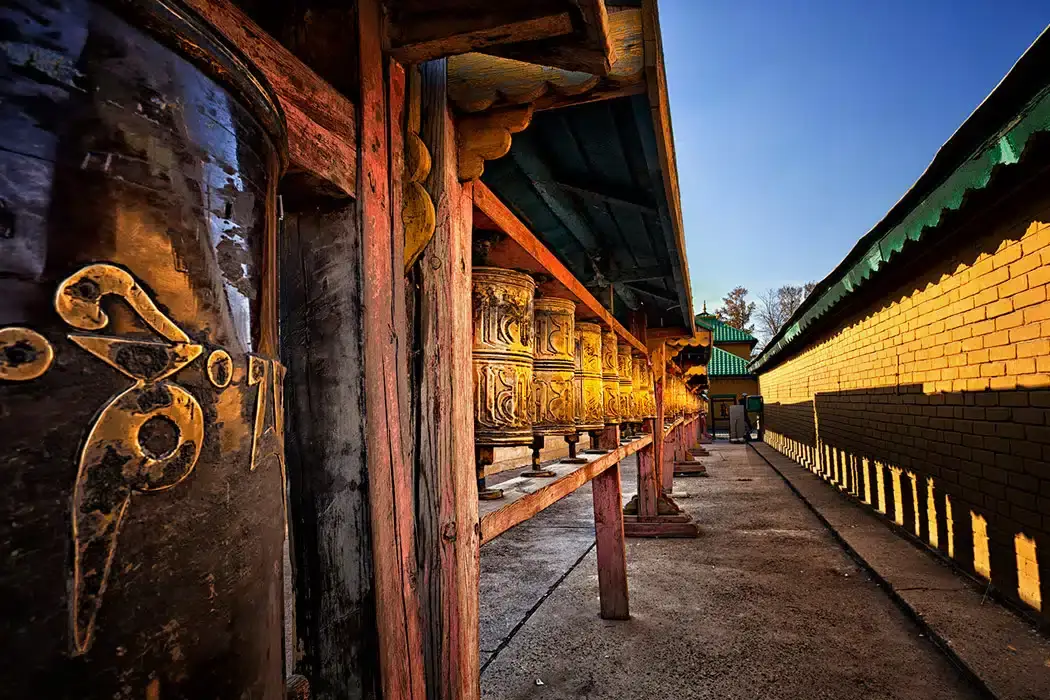
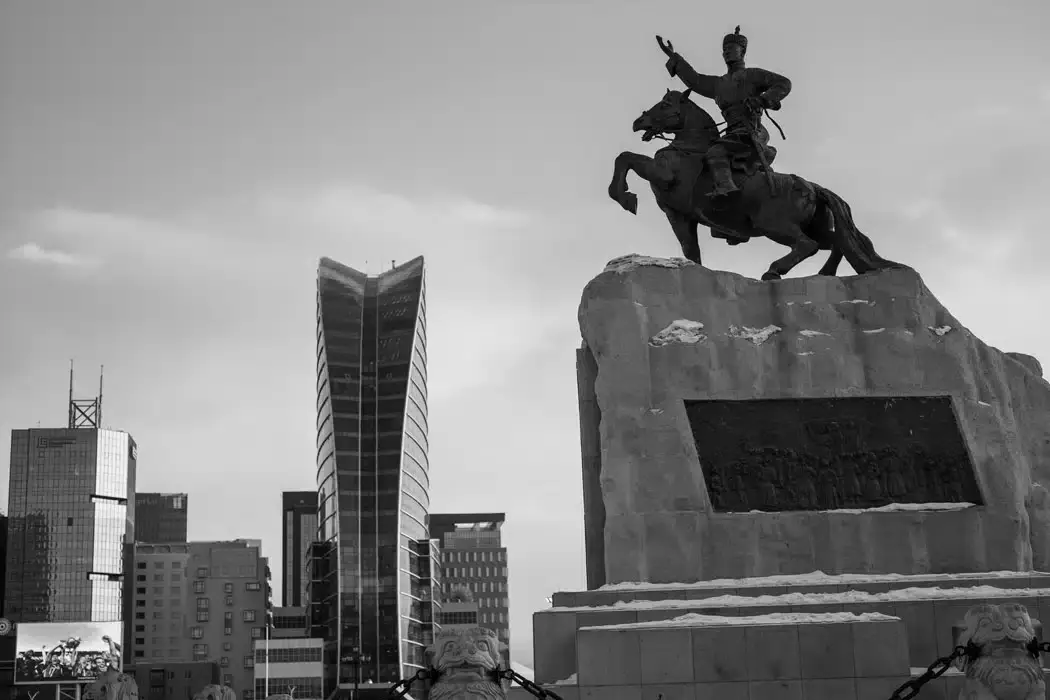
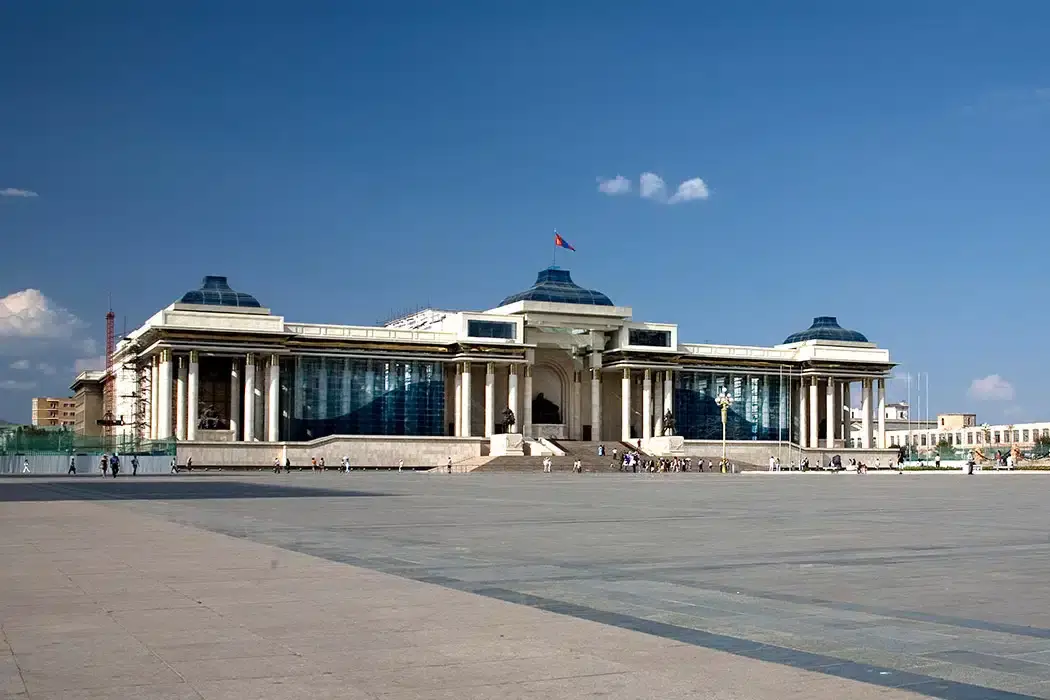
Explore our Mongolia Journeys
Contact us to create a custom Mongolia journey tailored to your exact interests.

